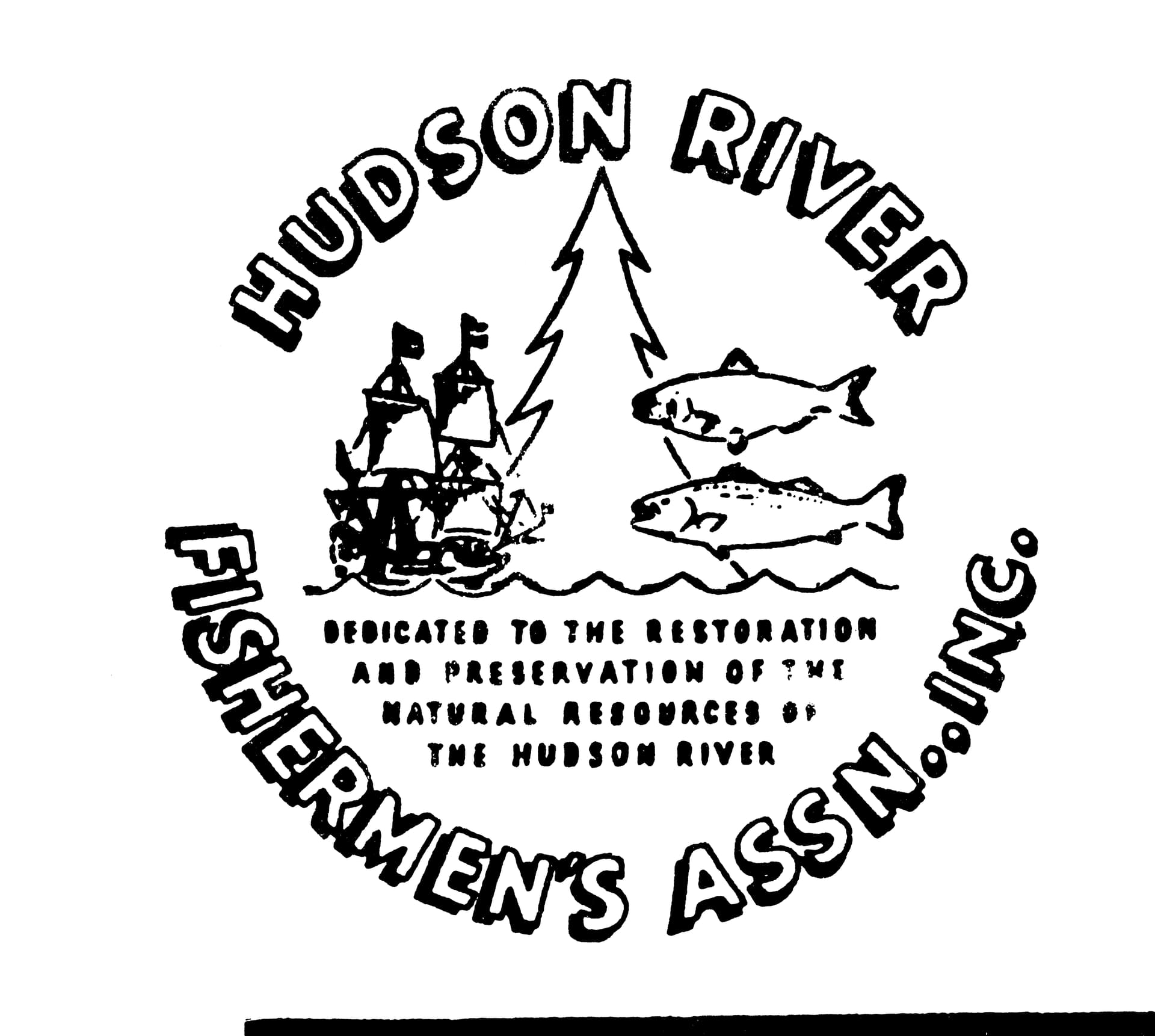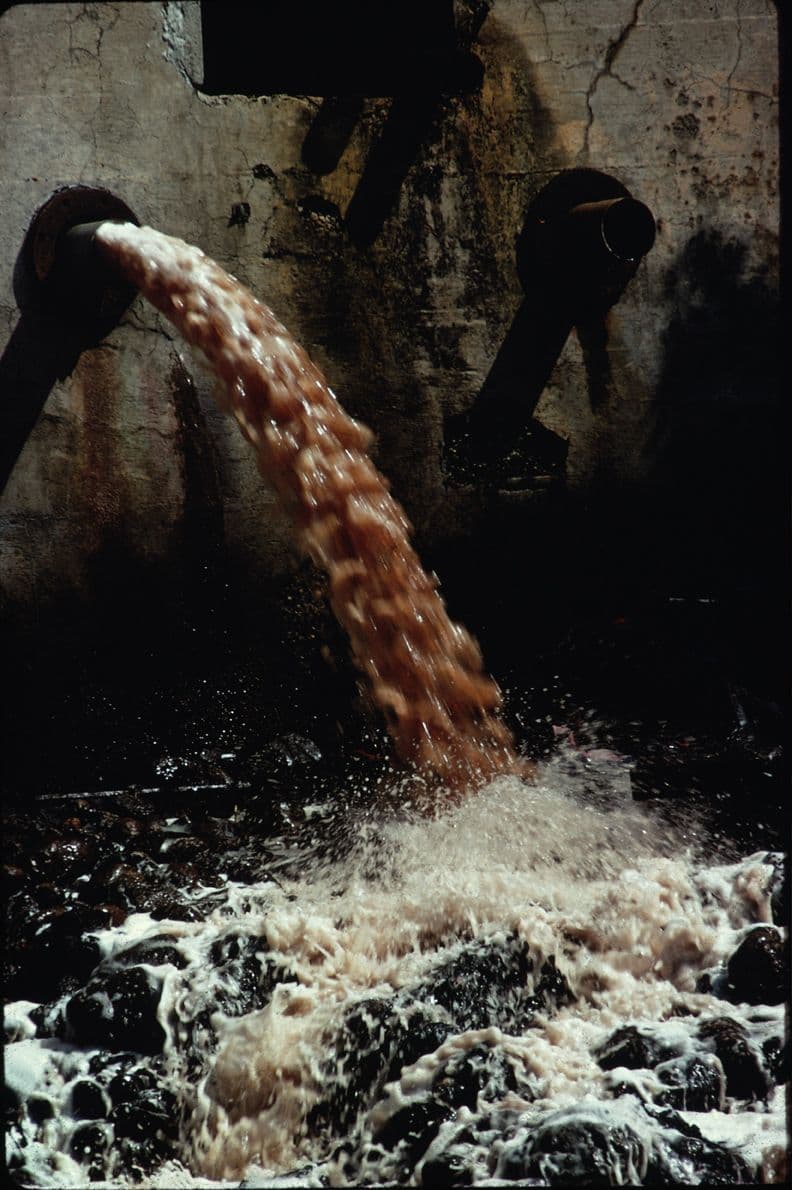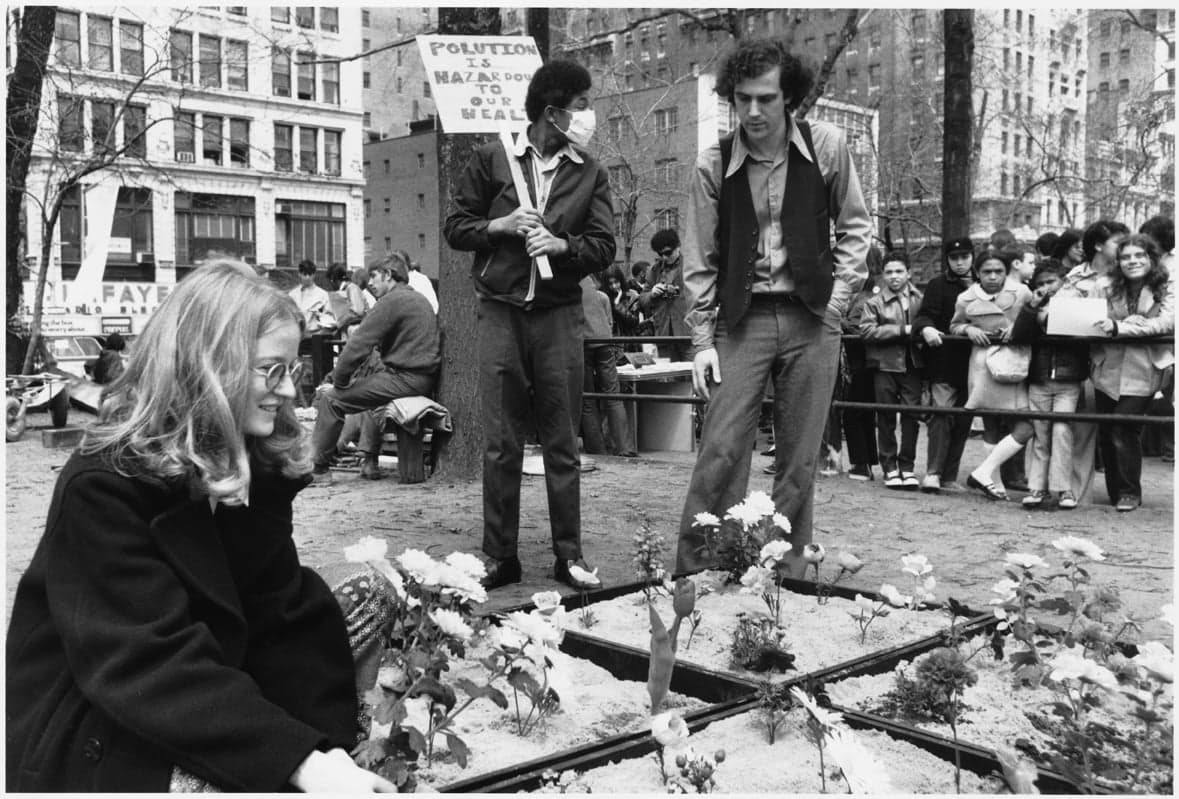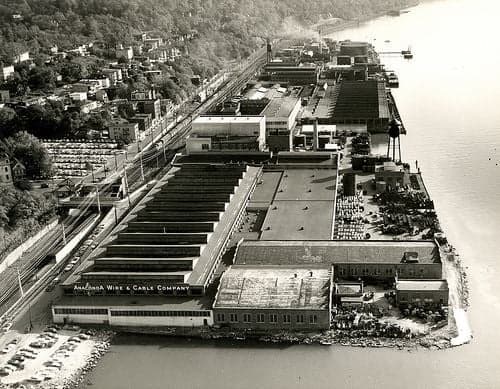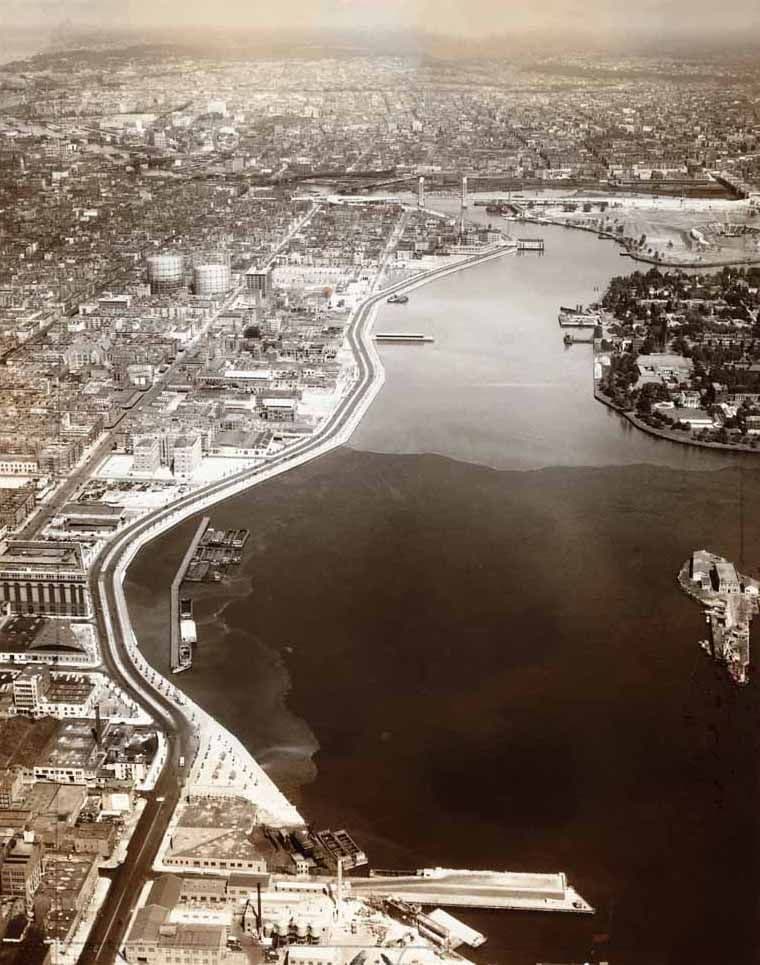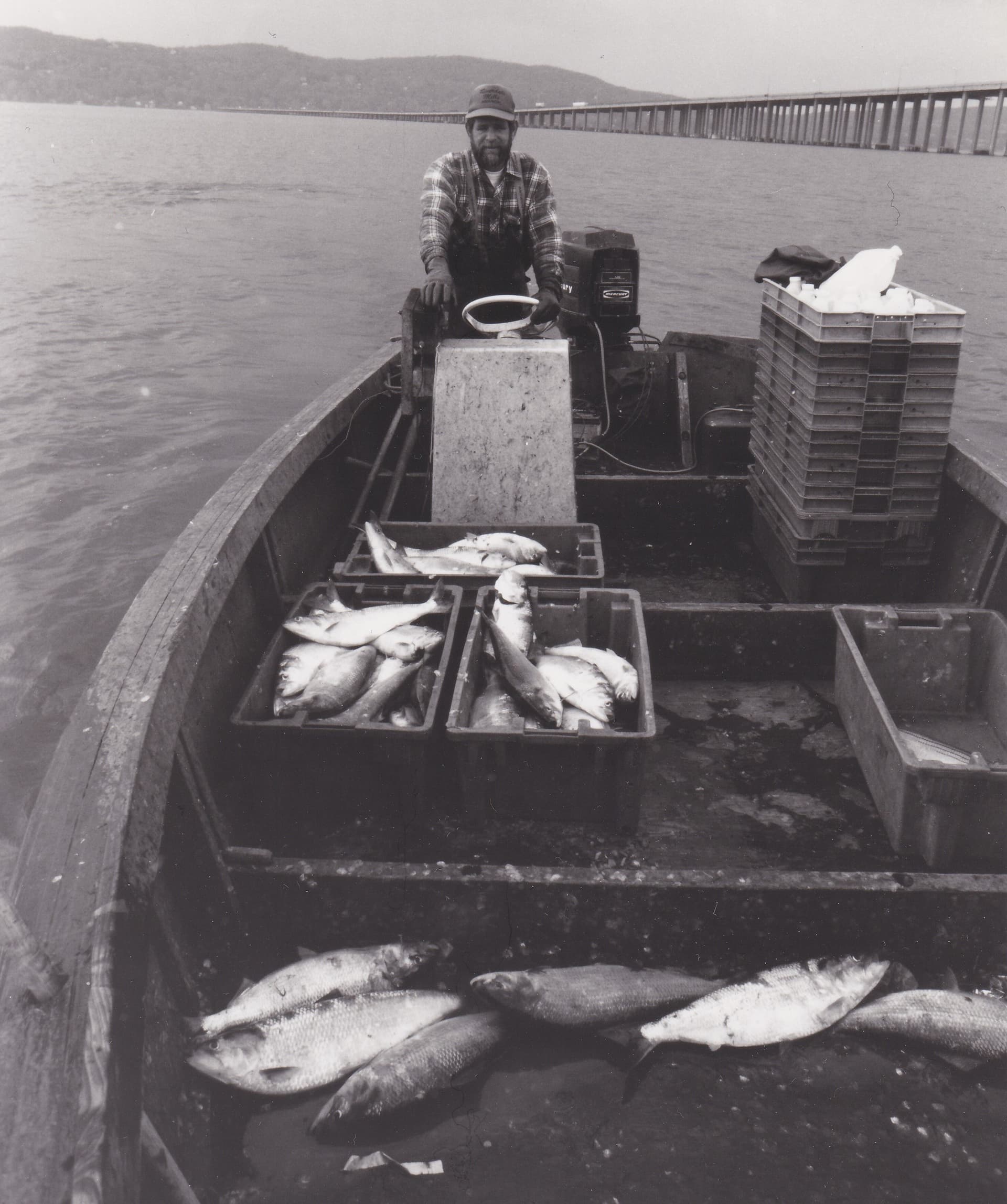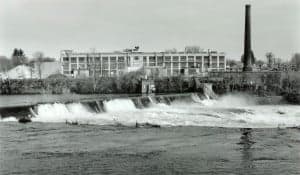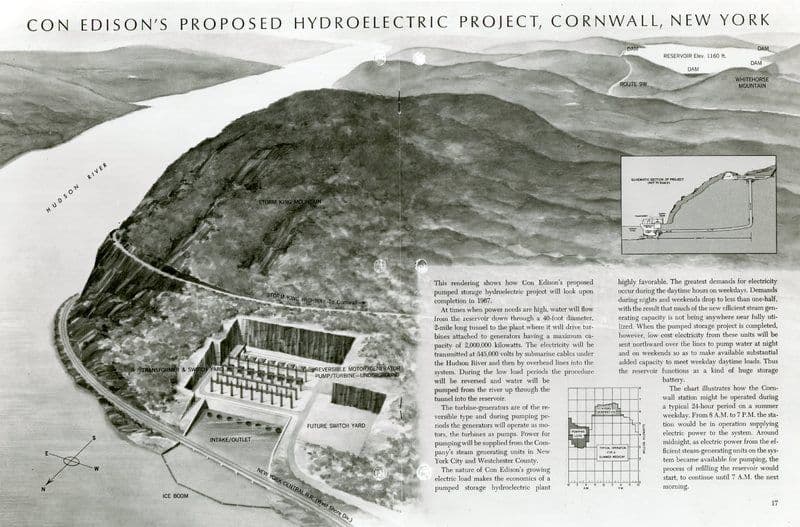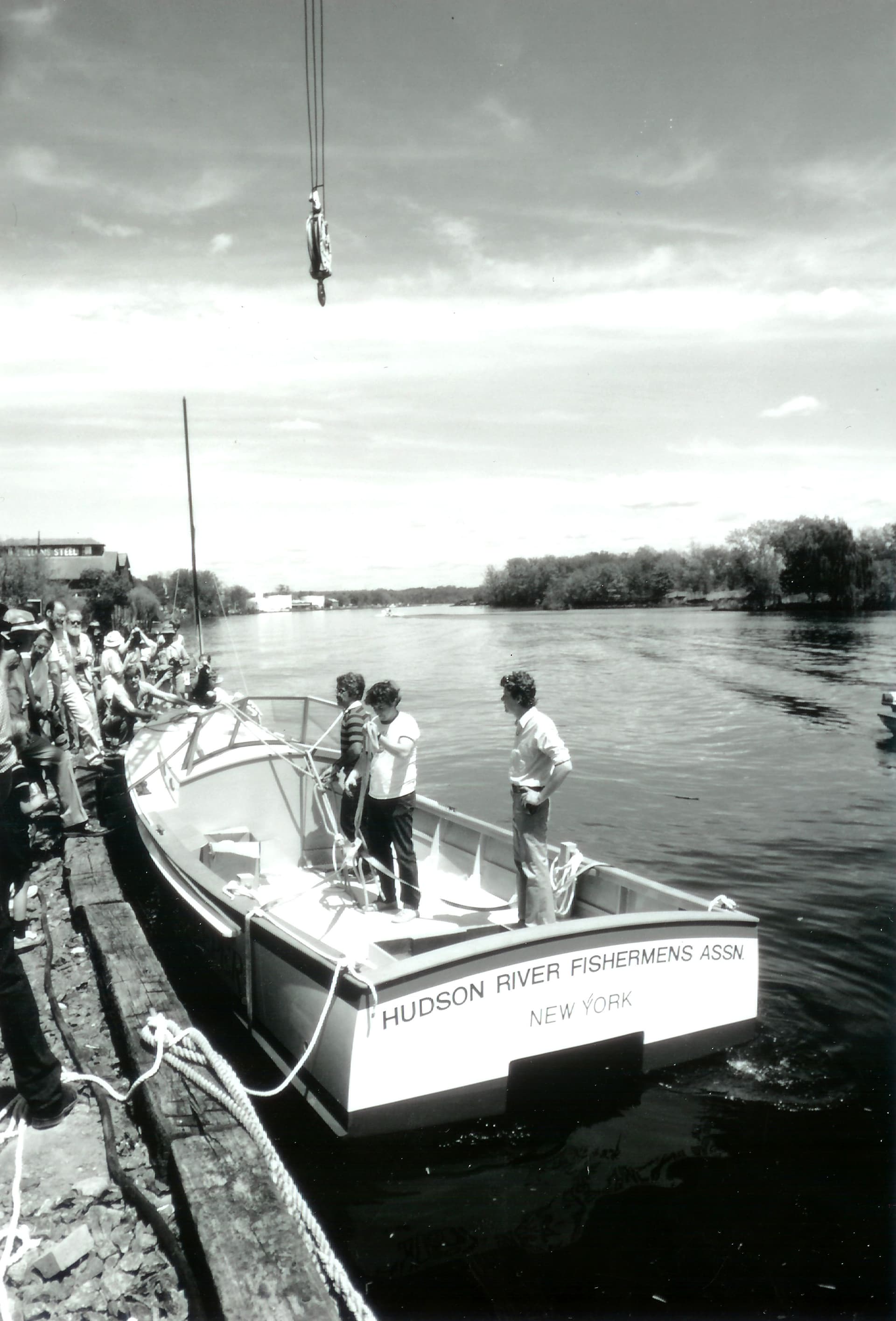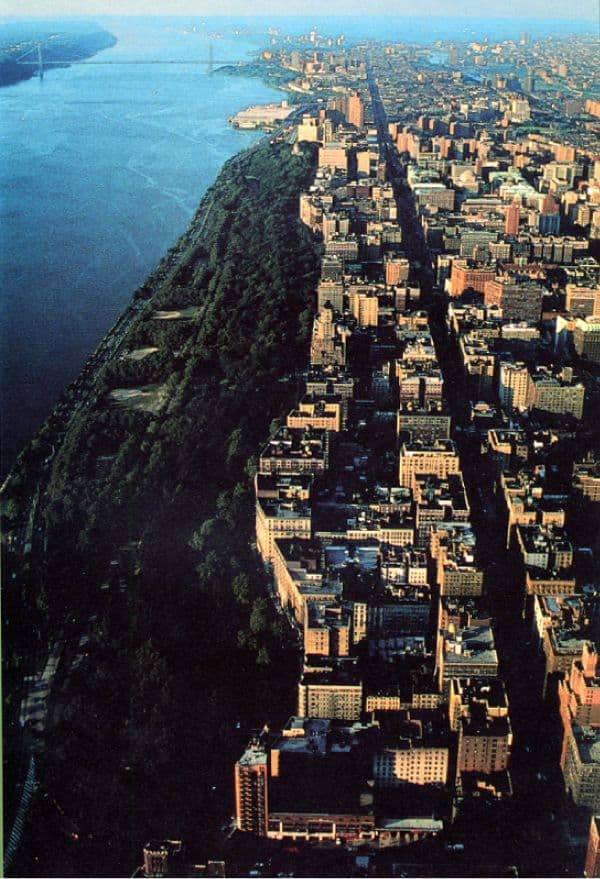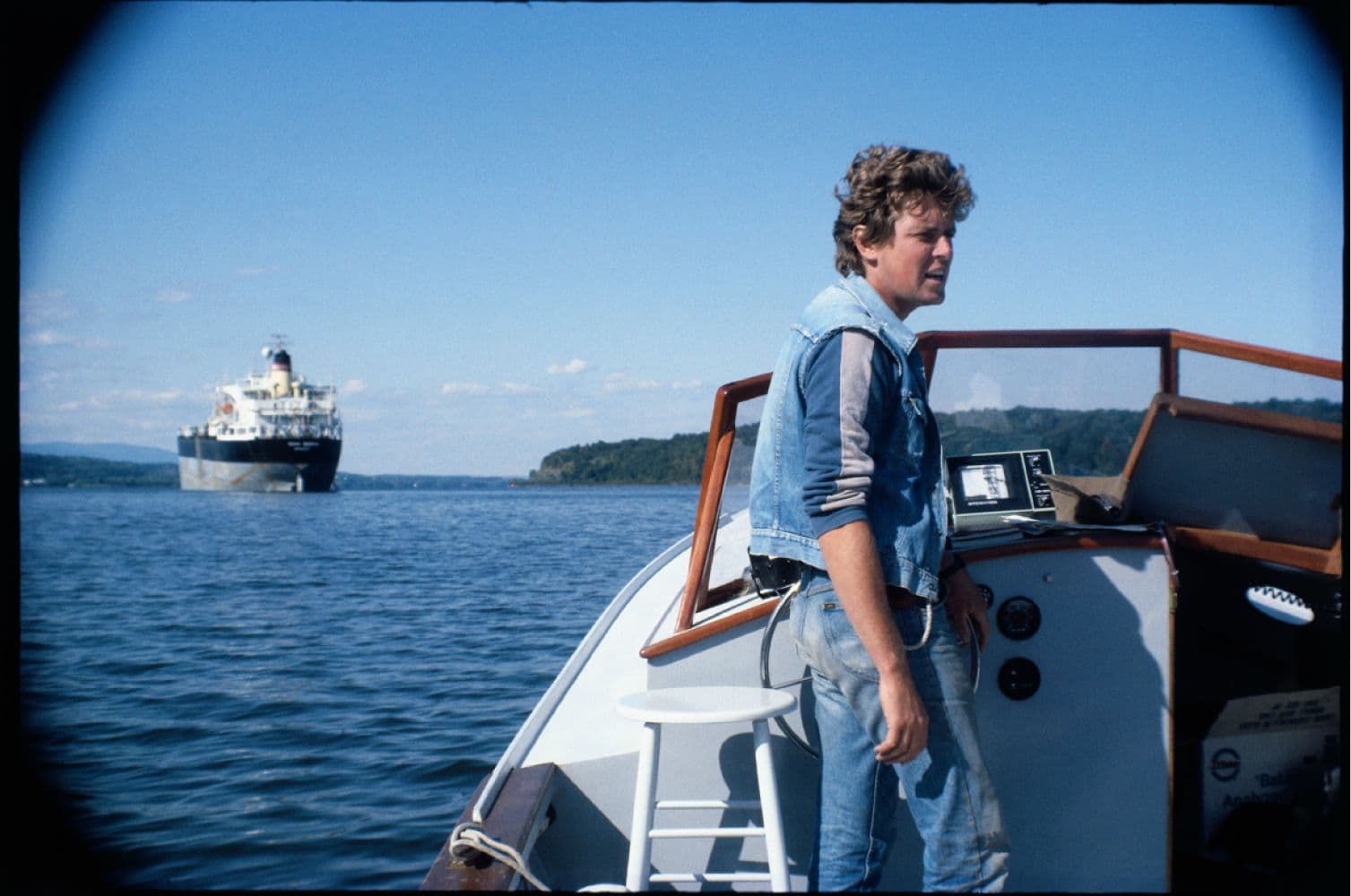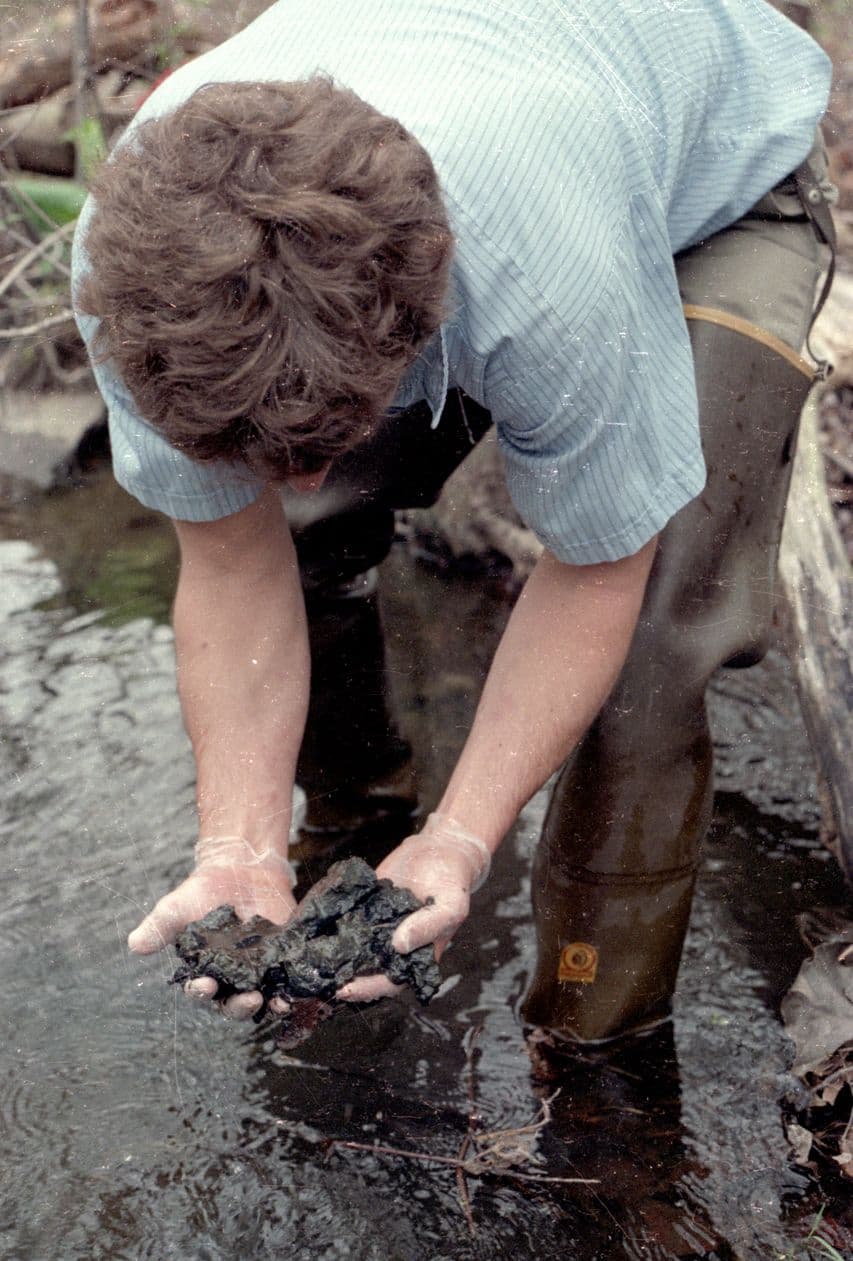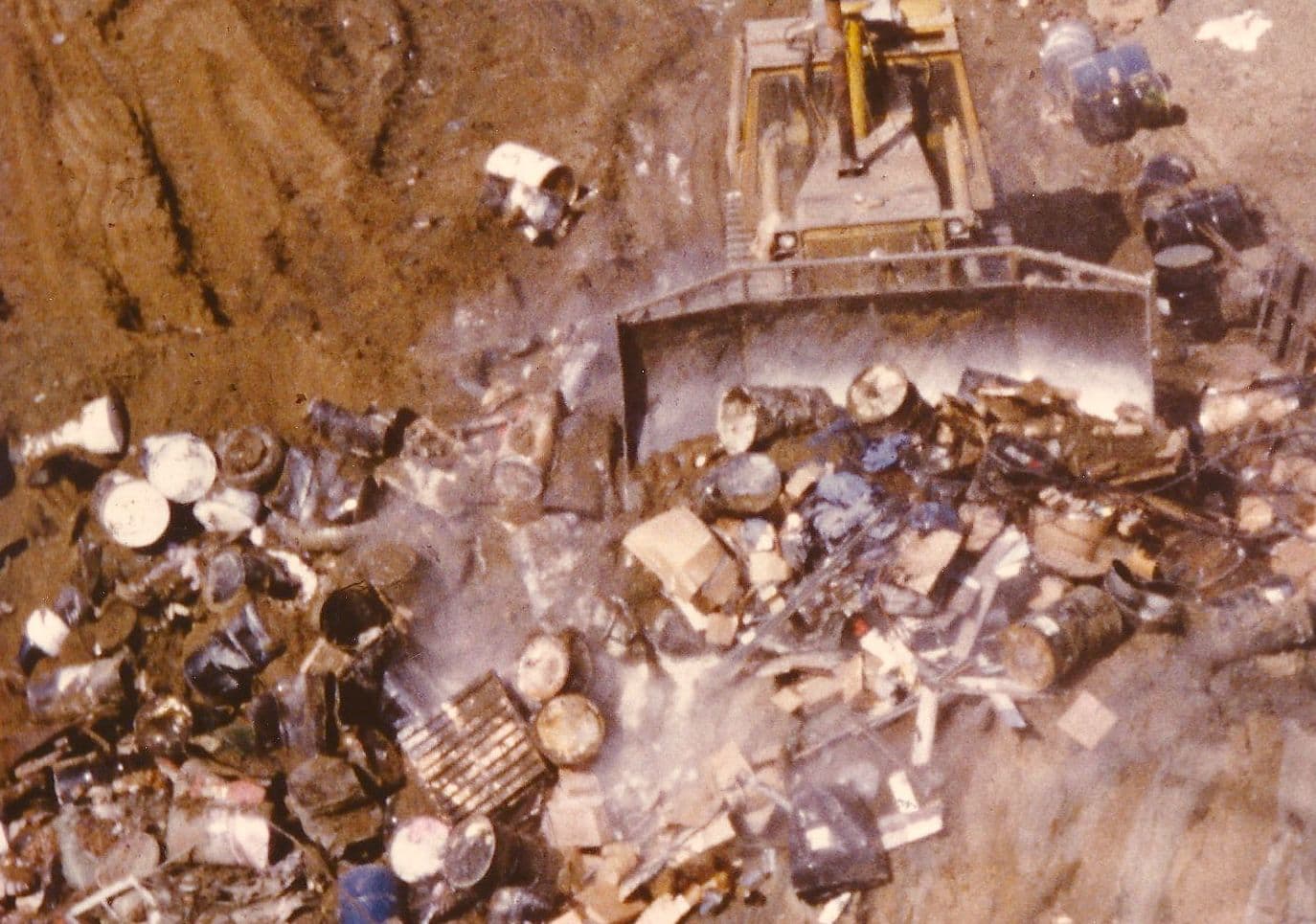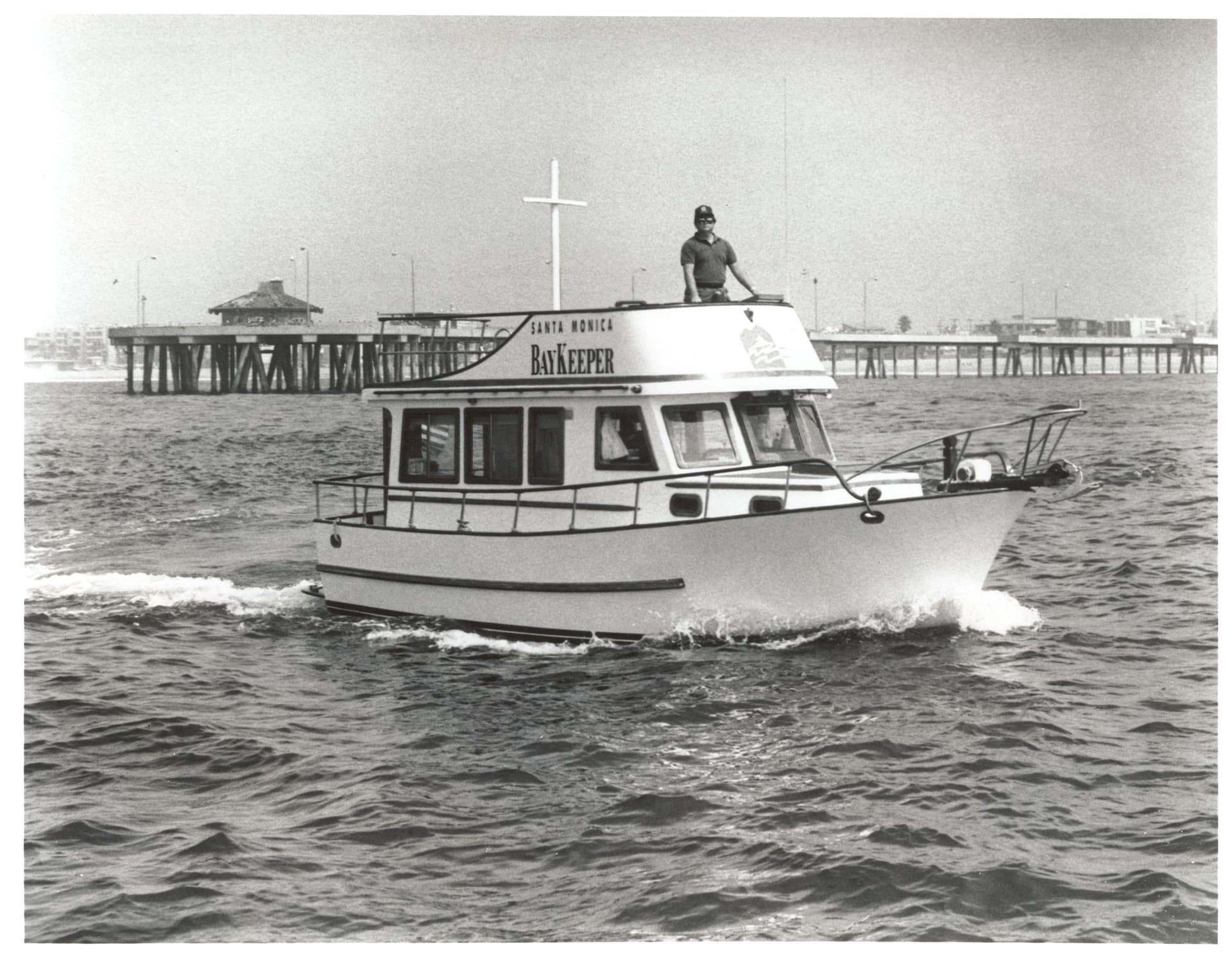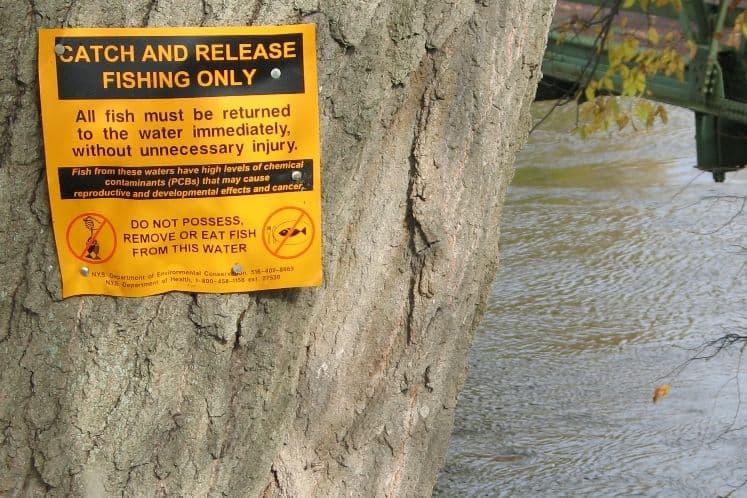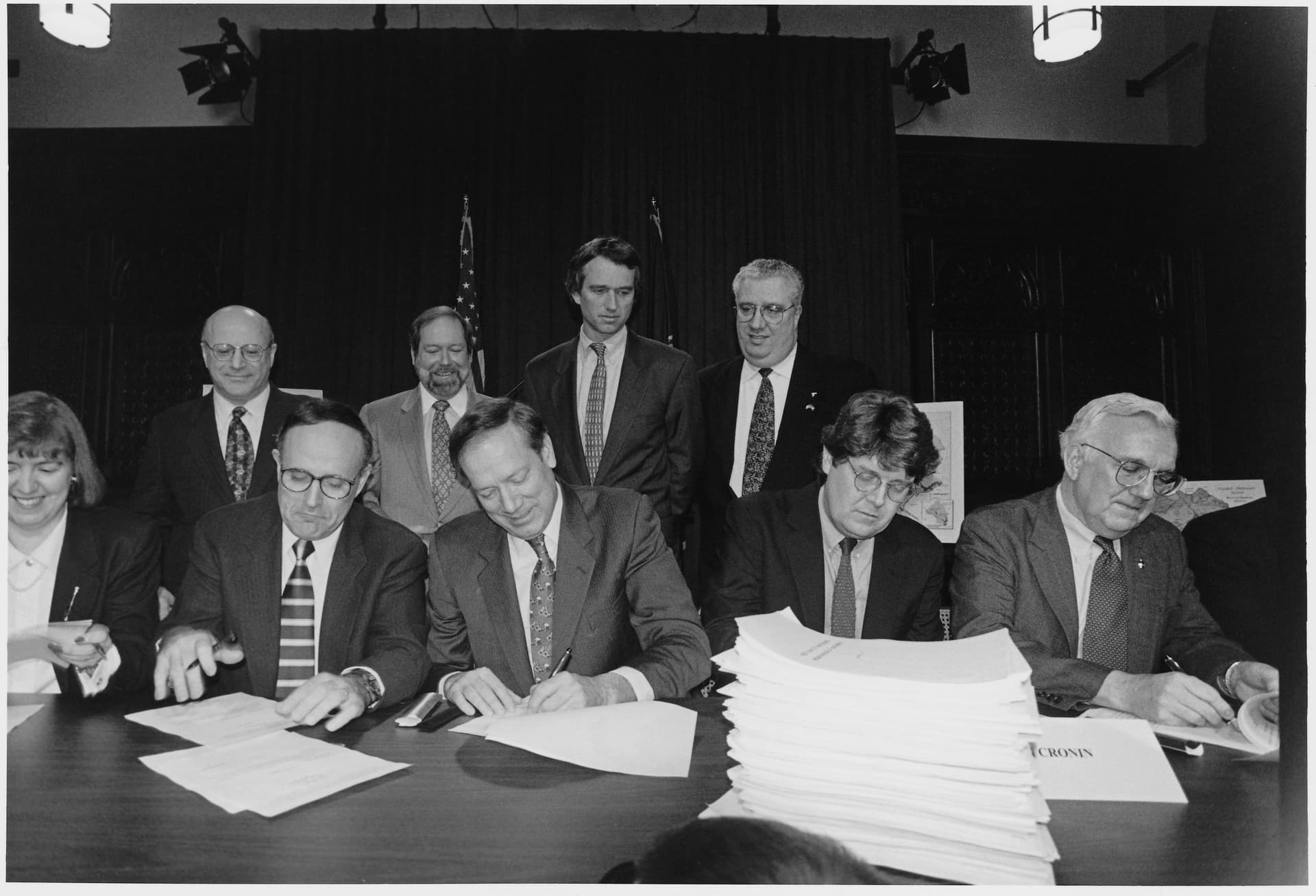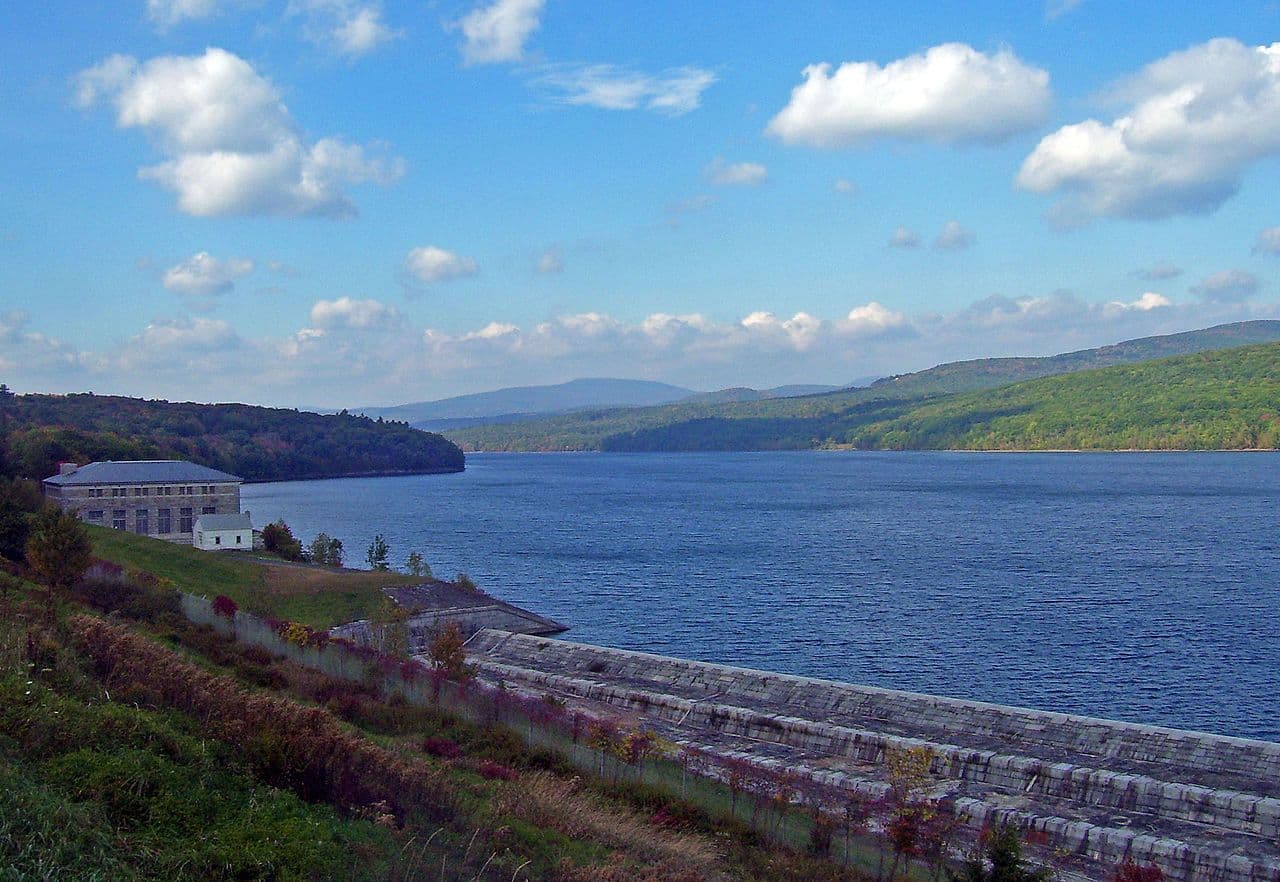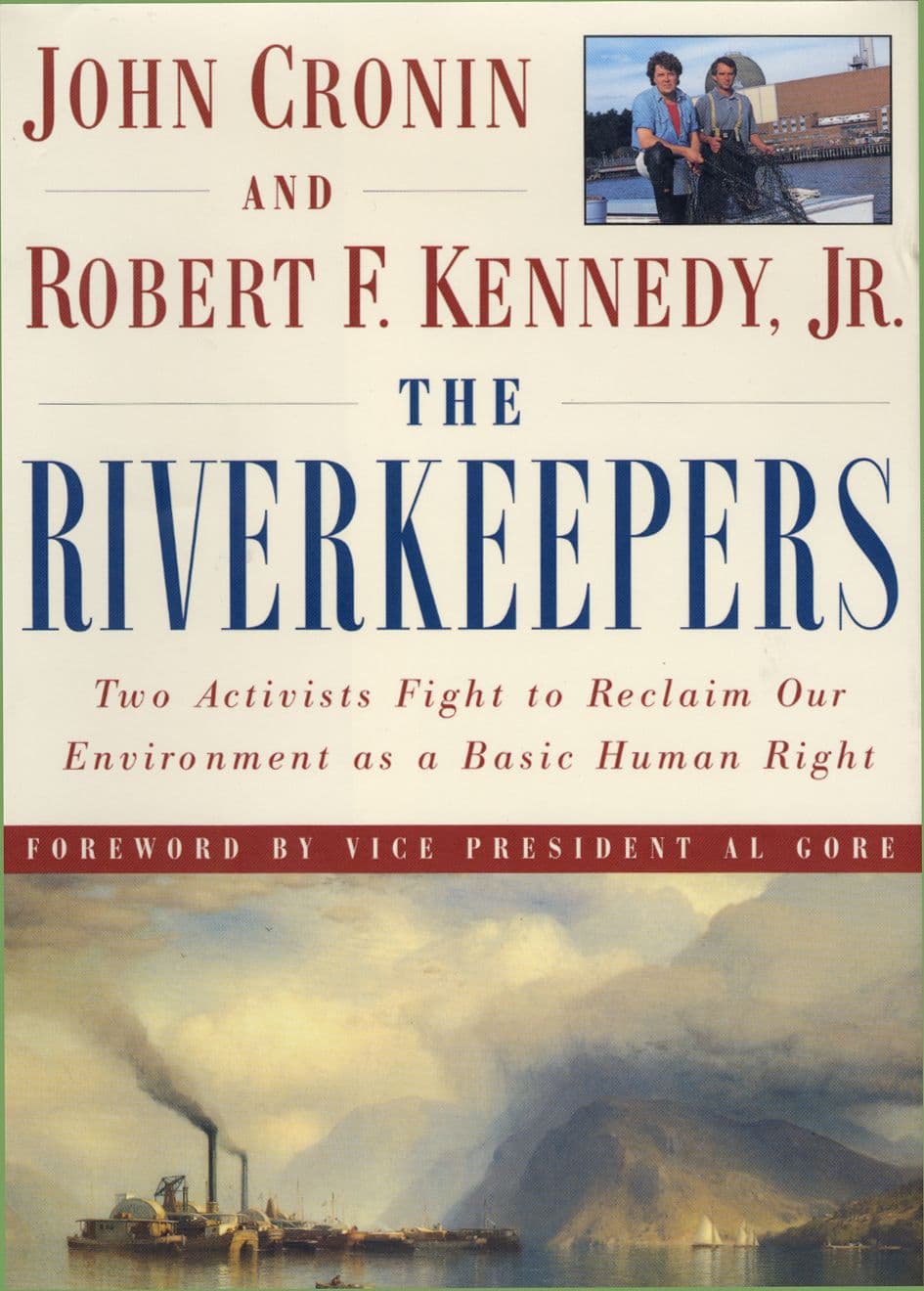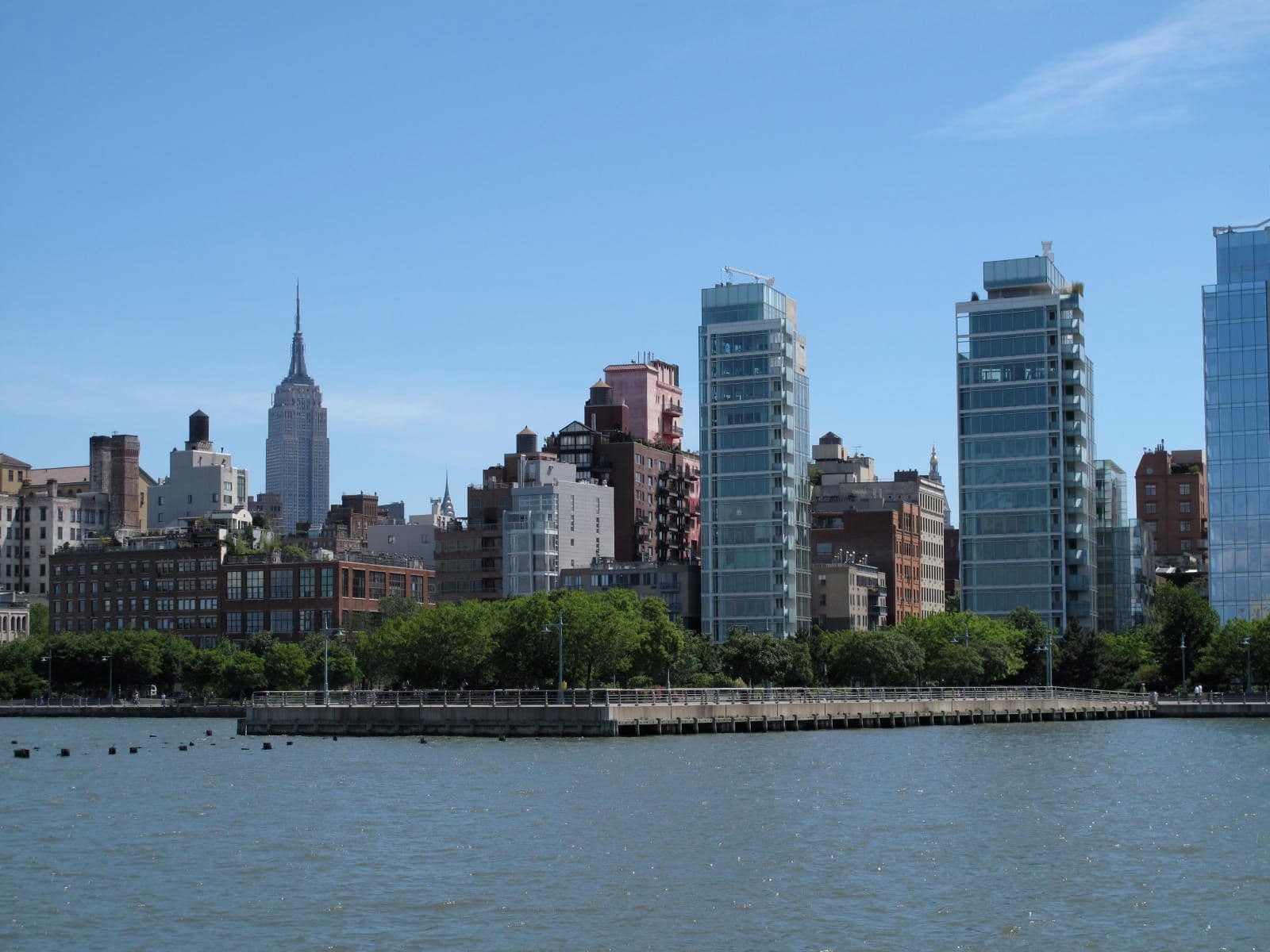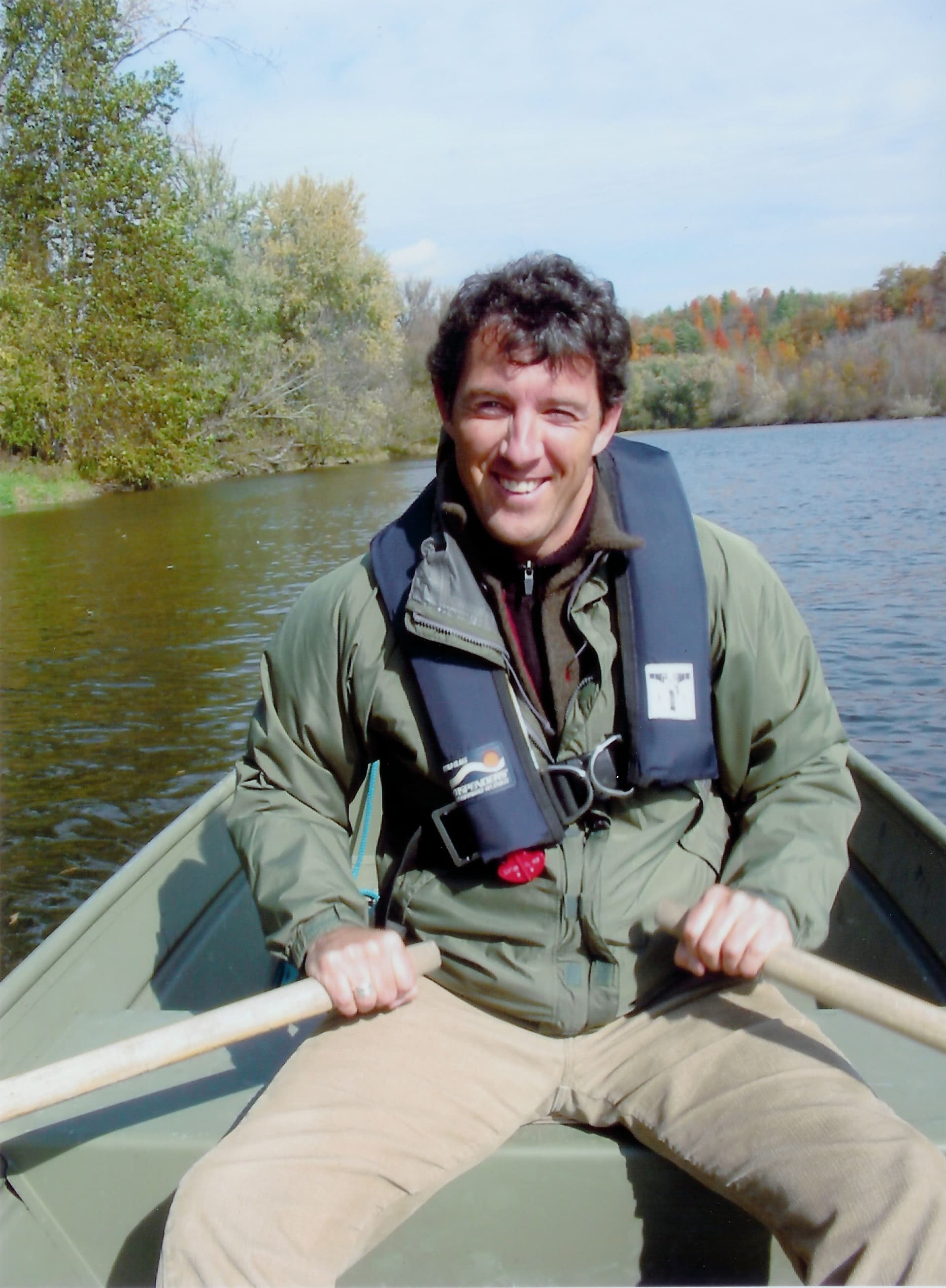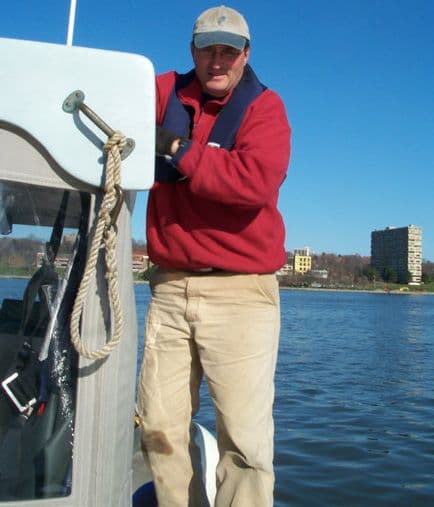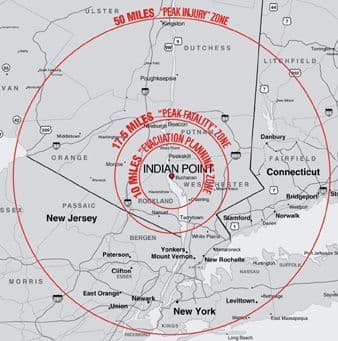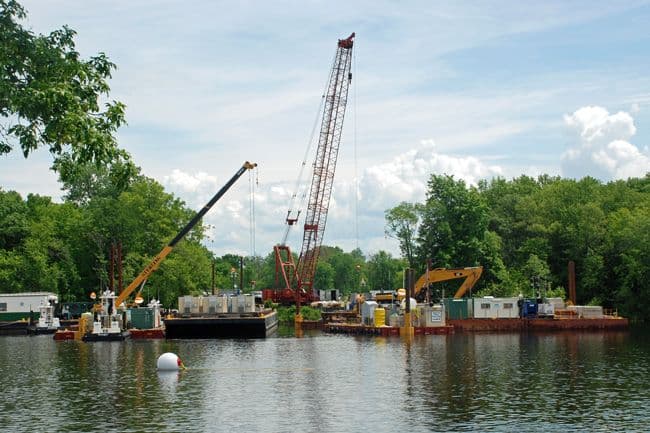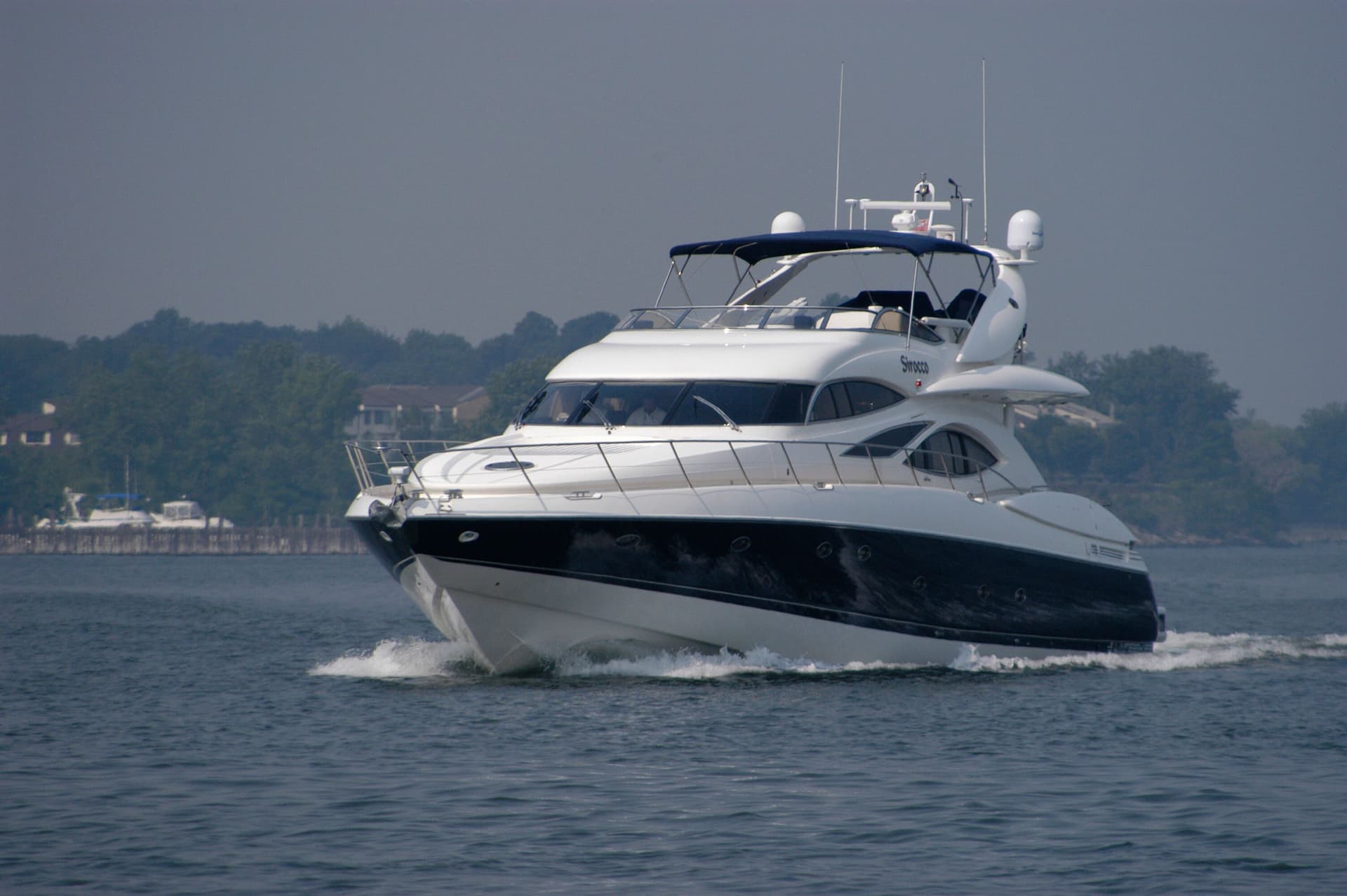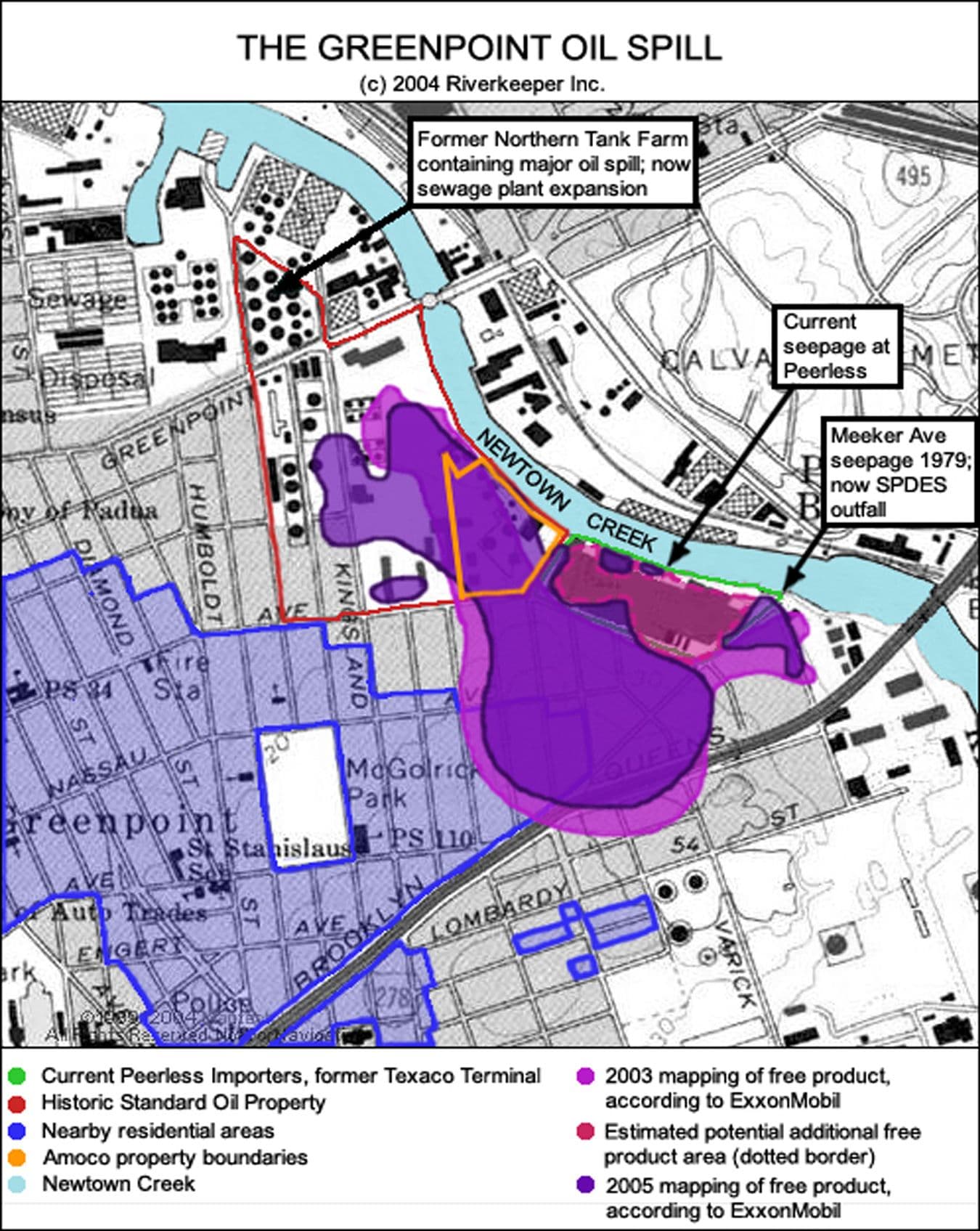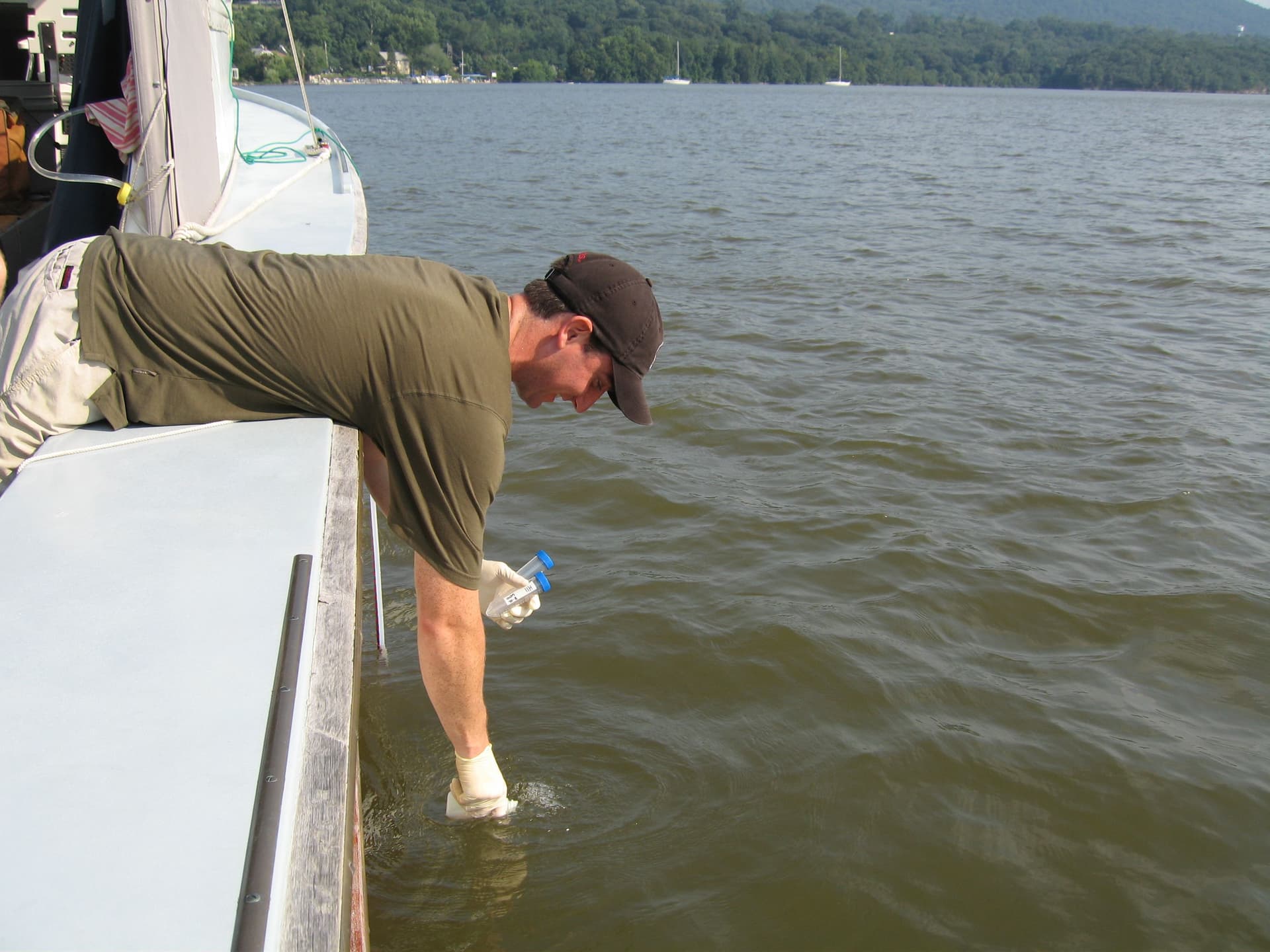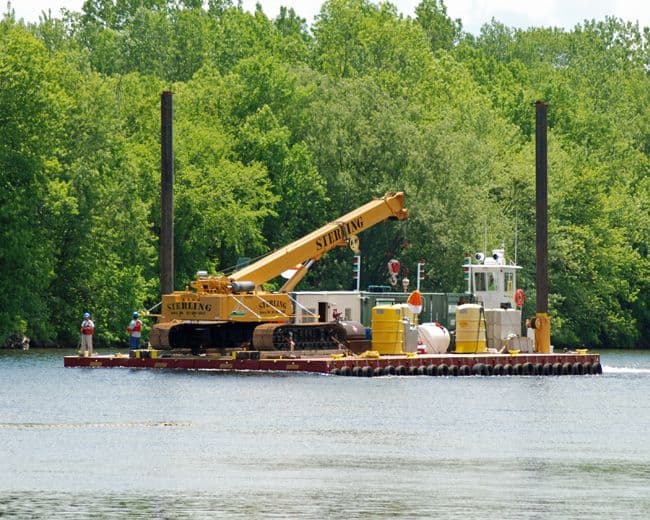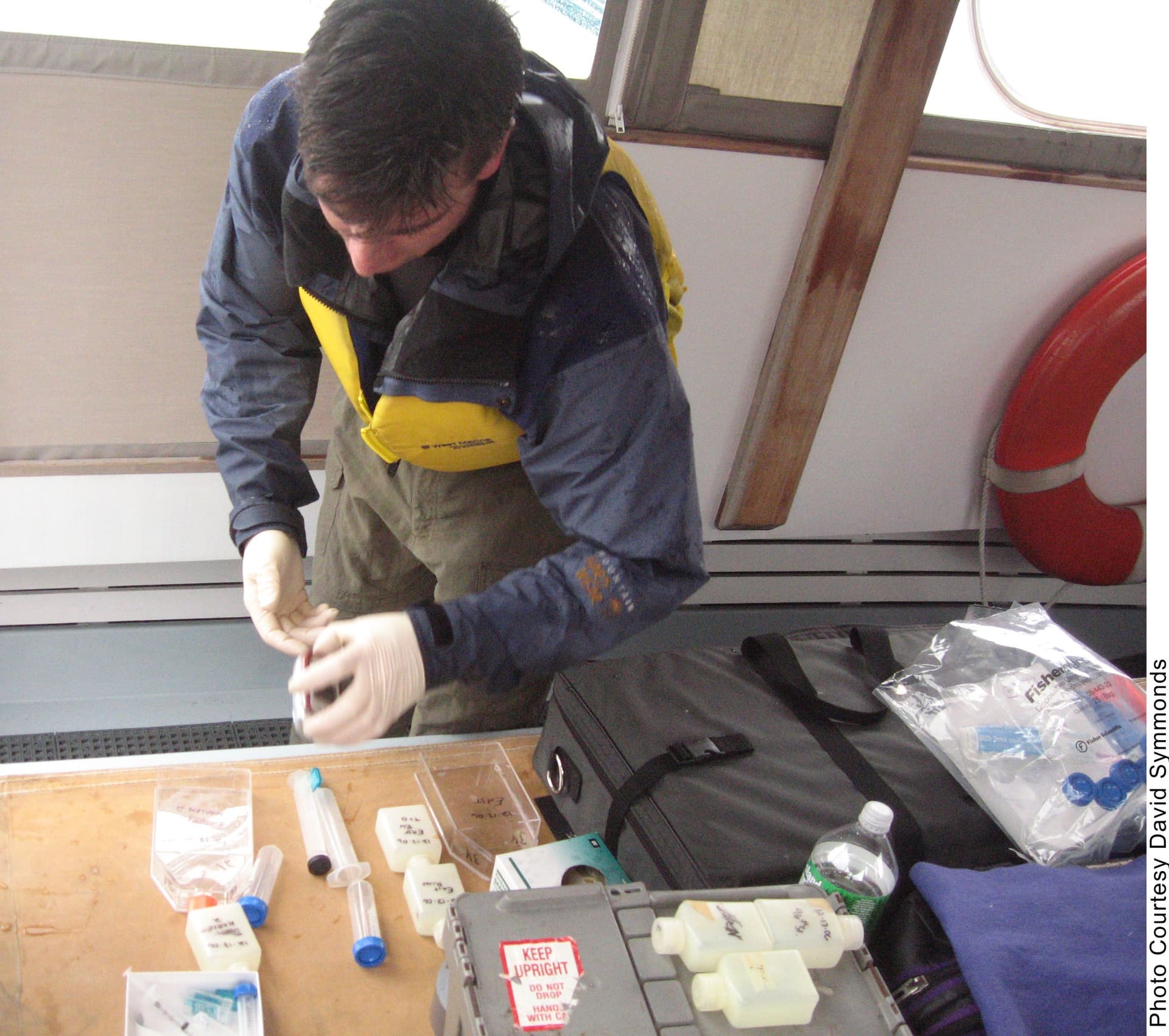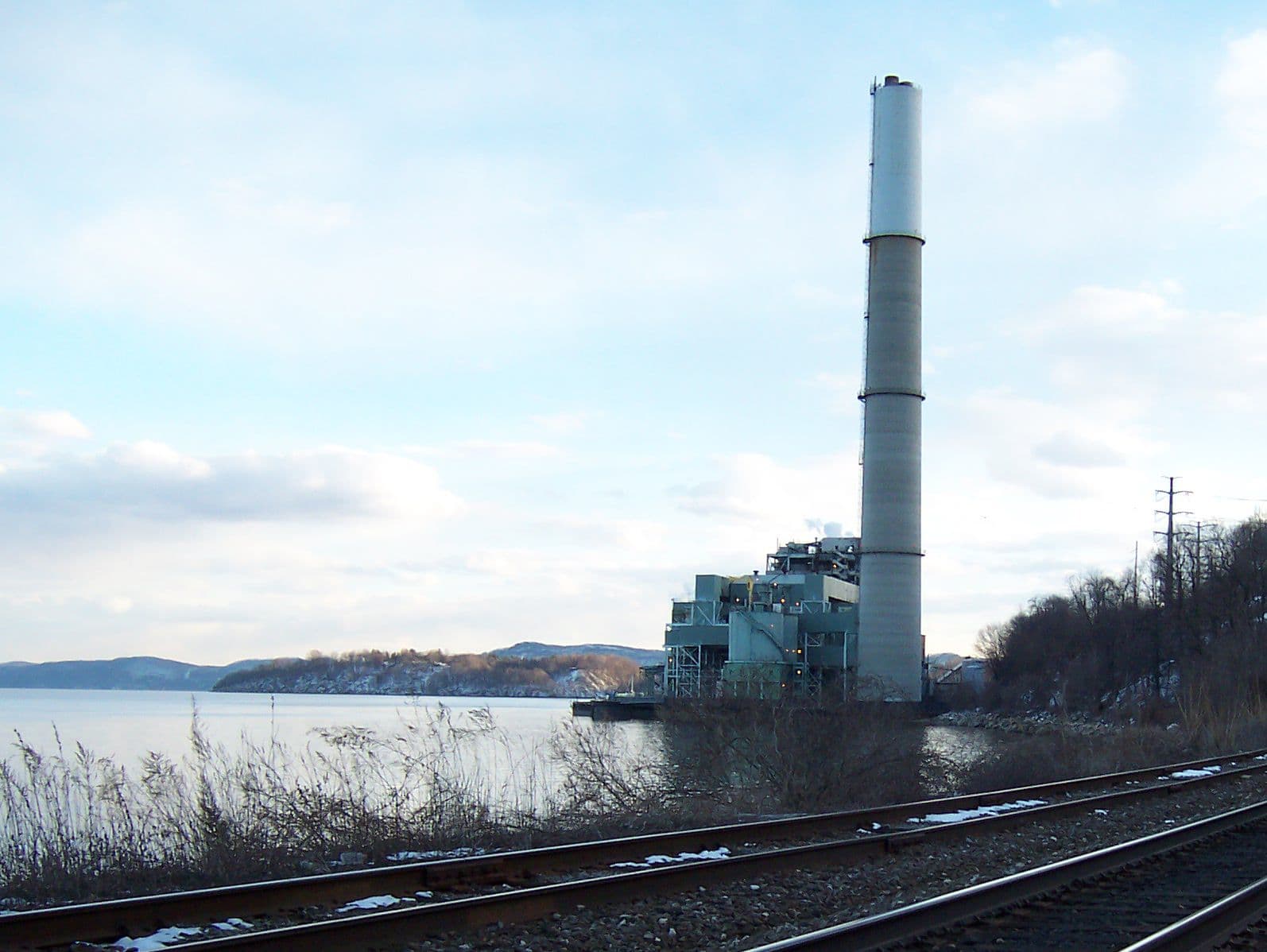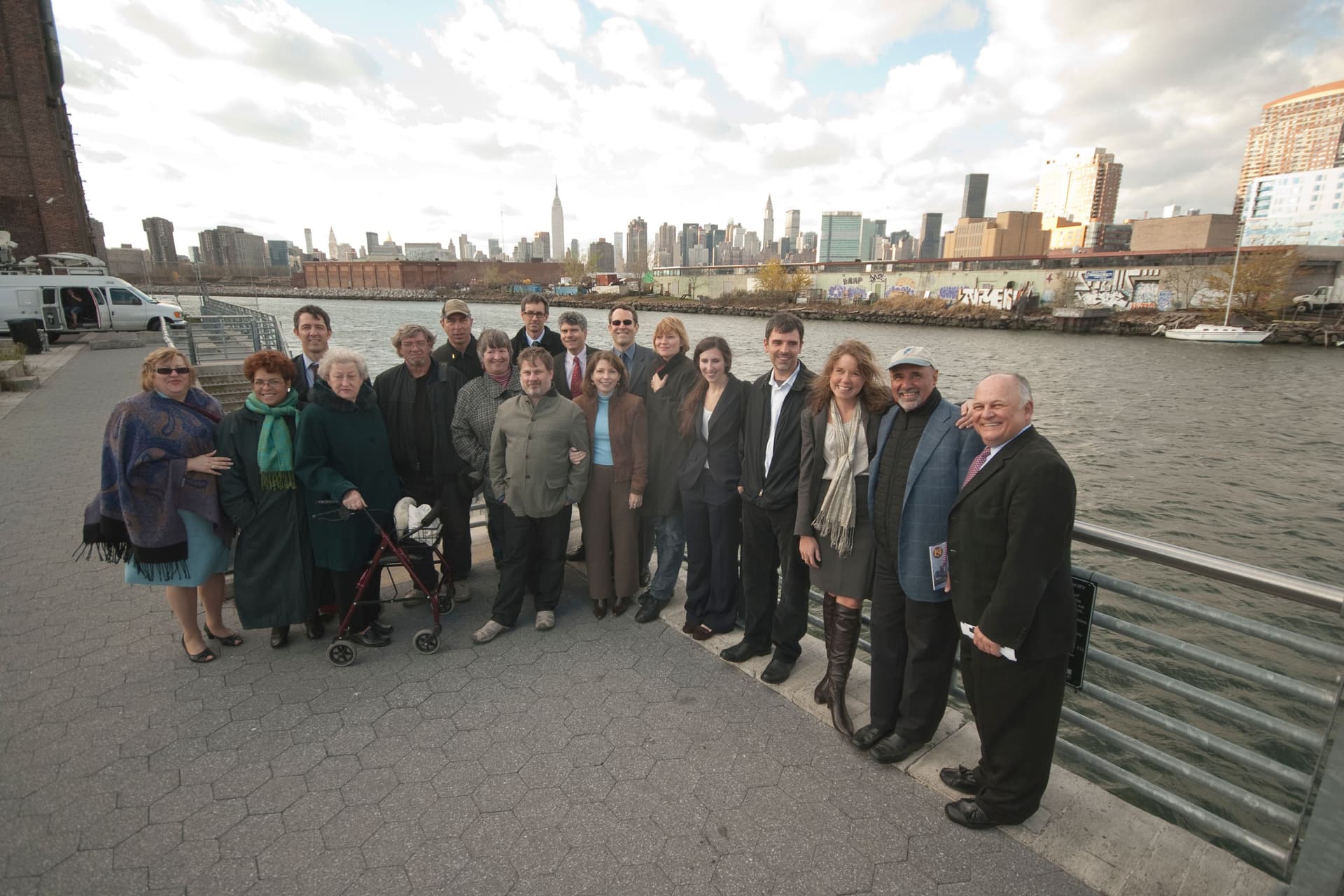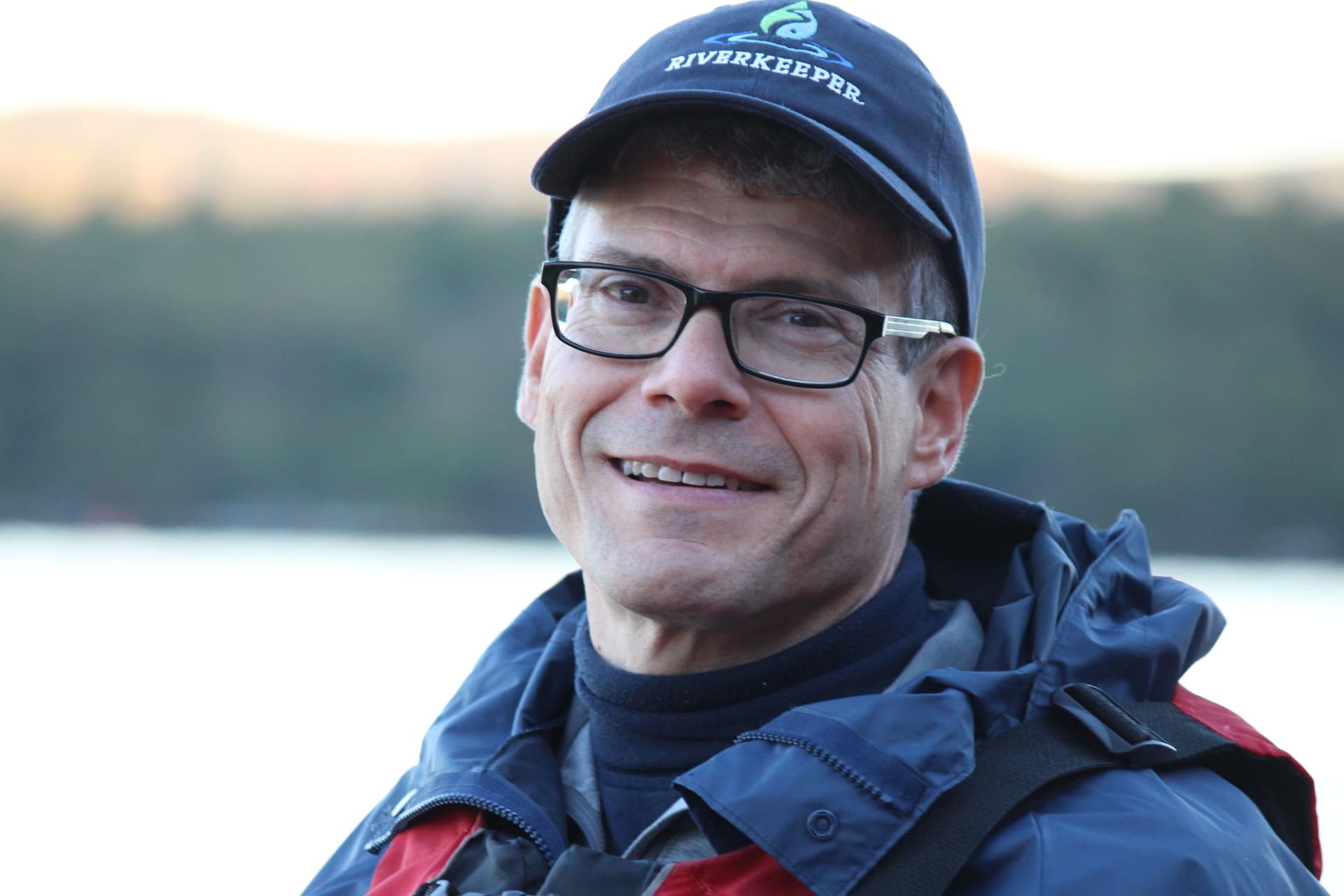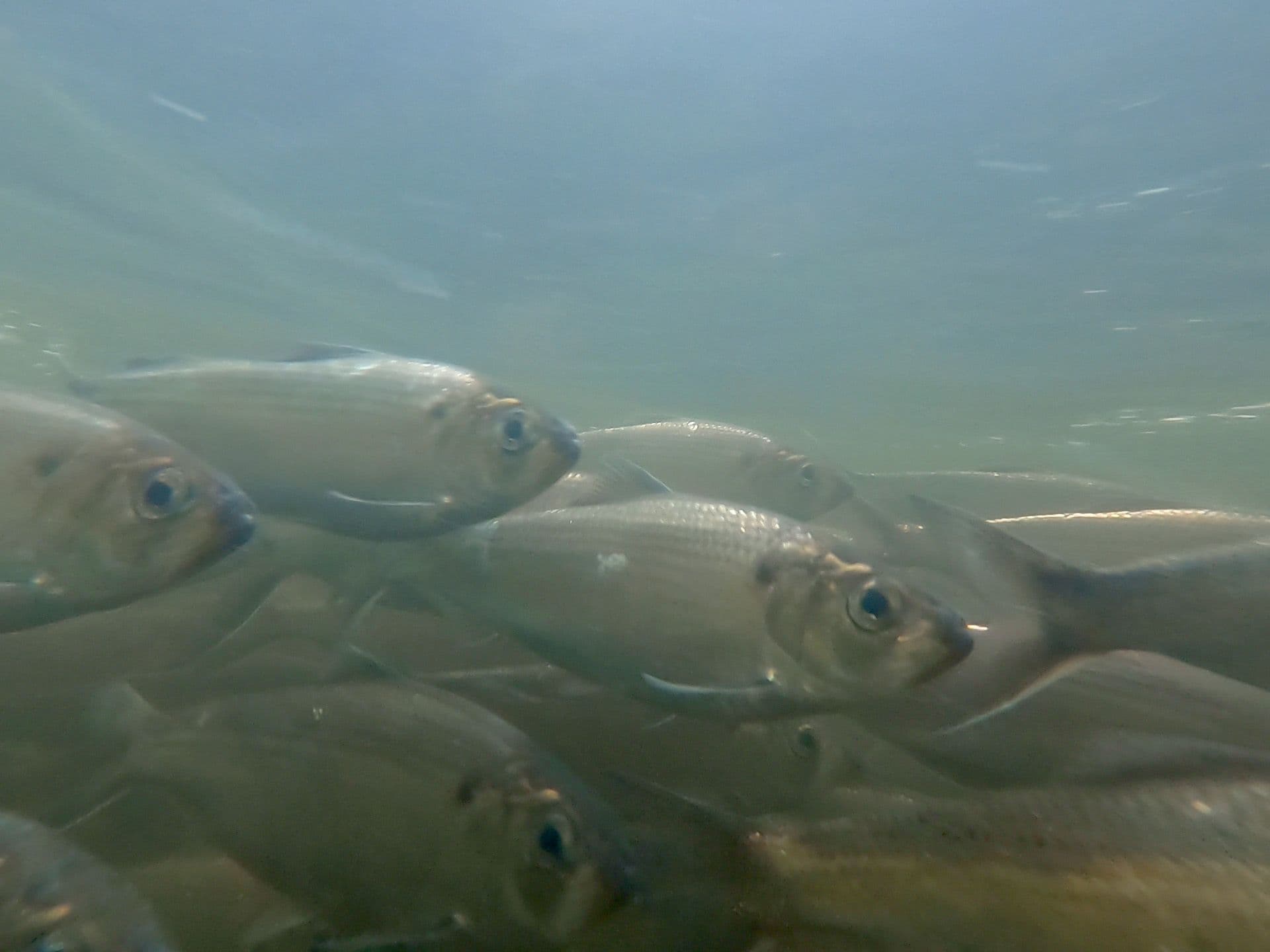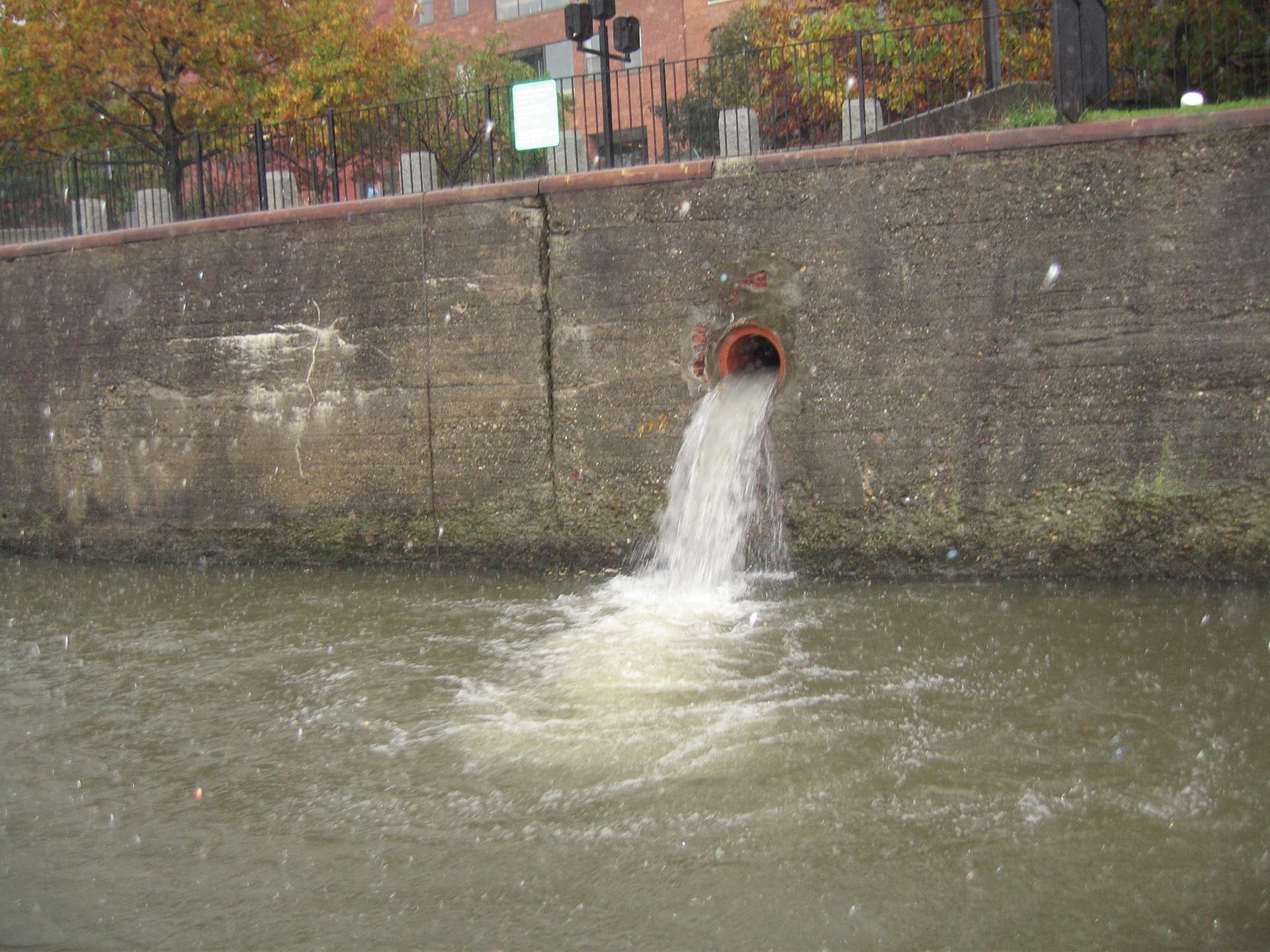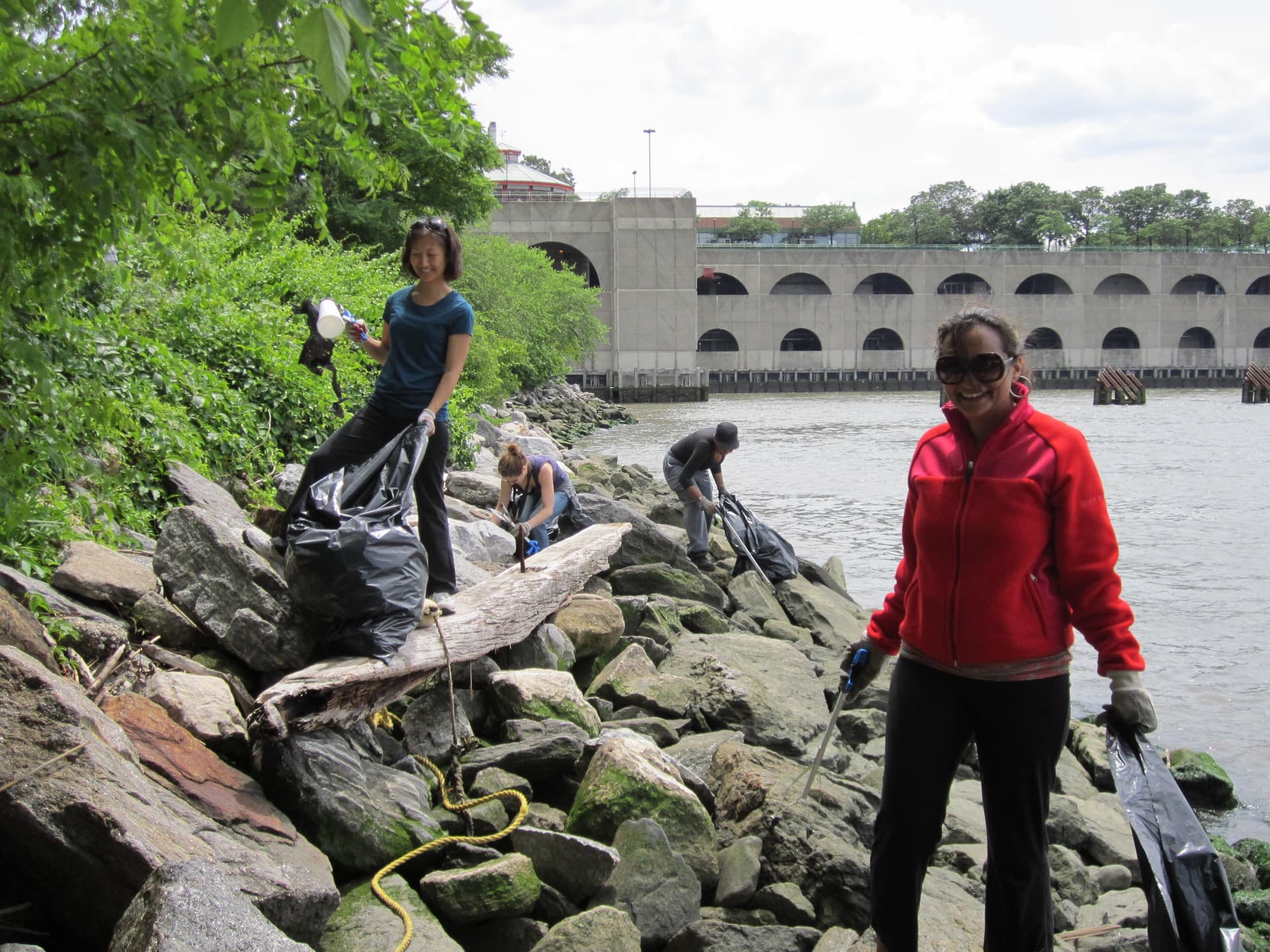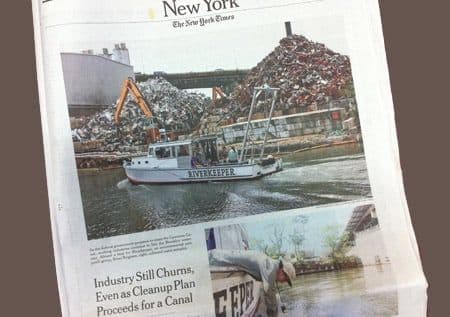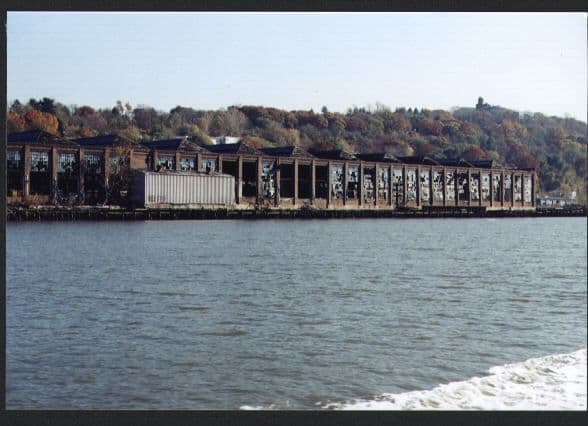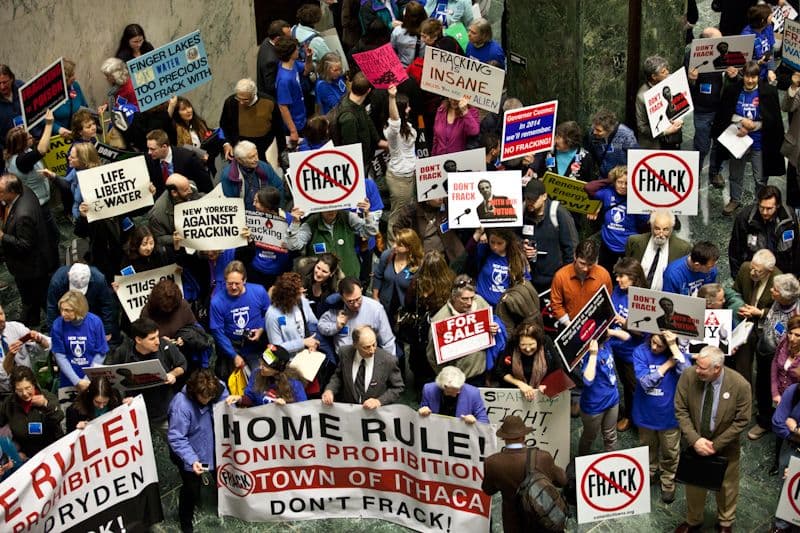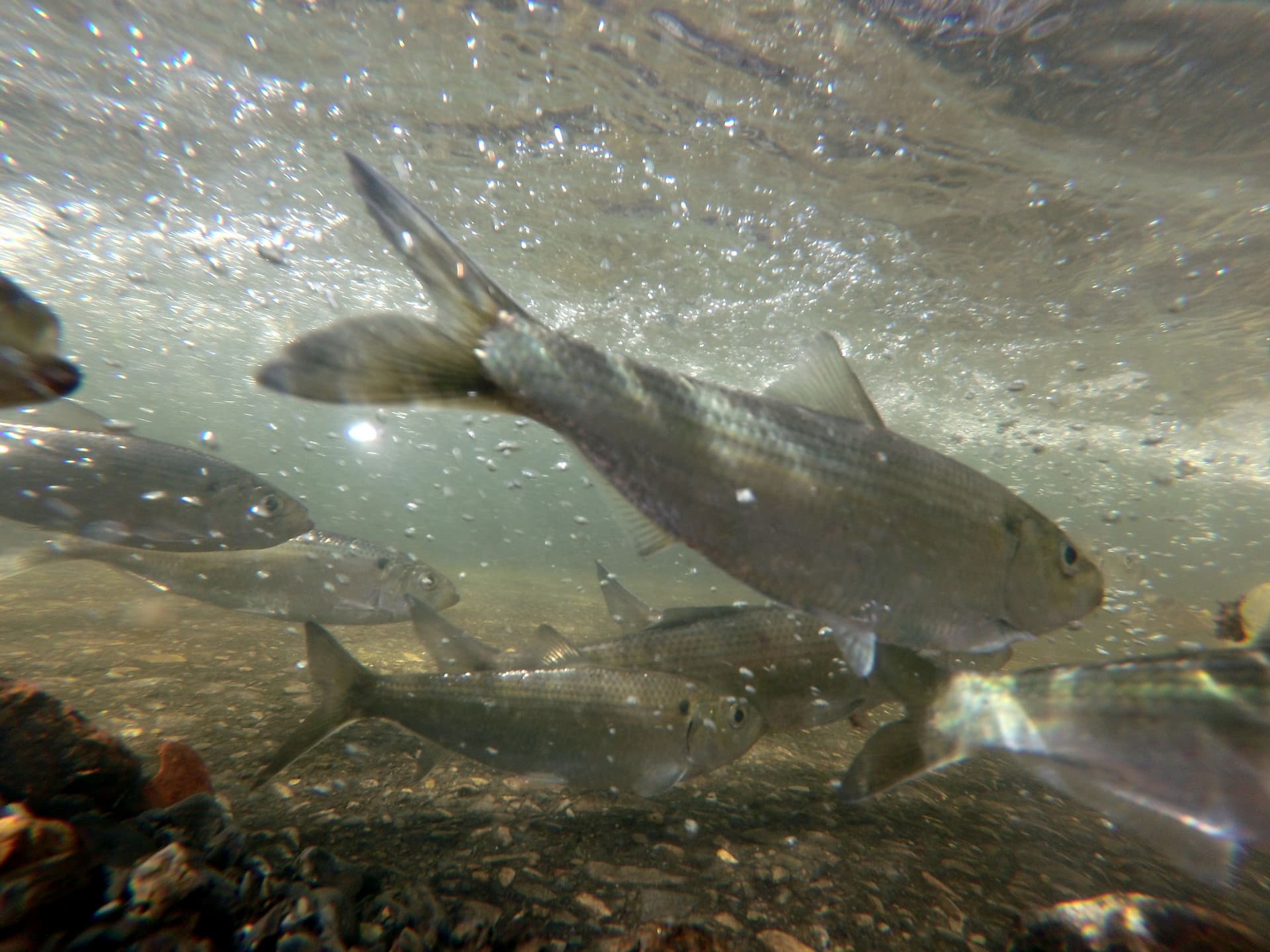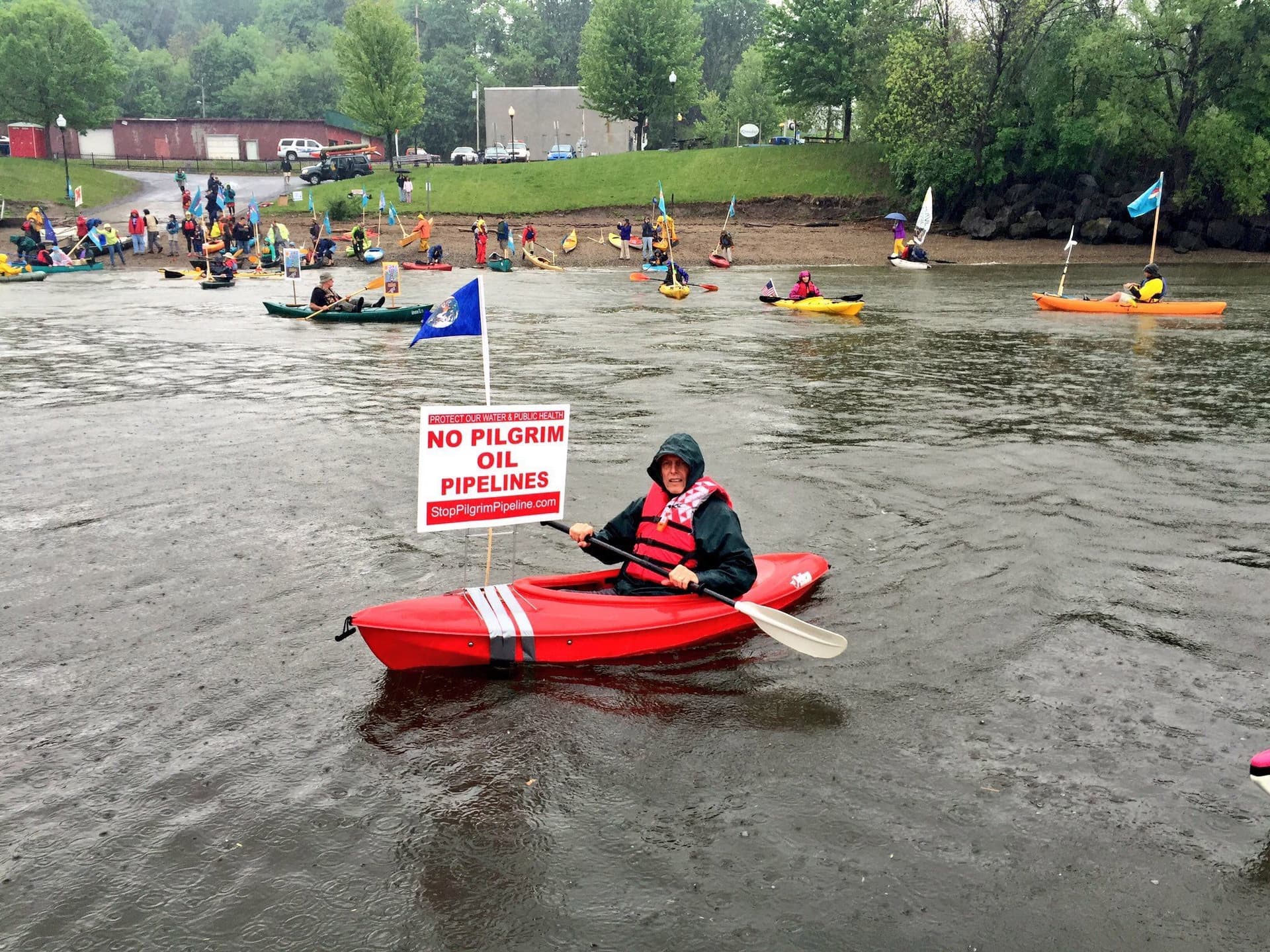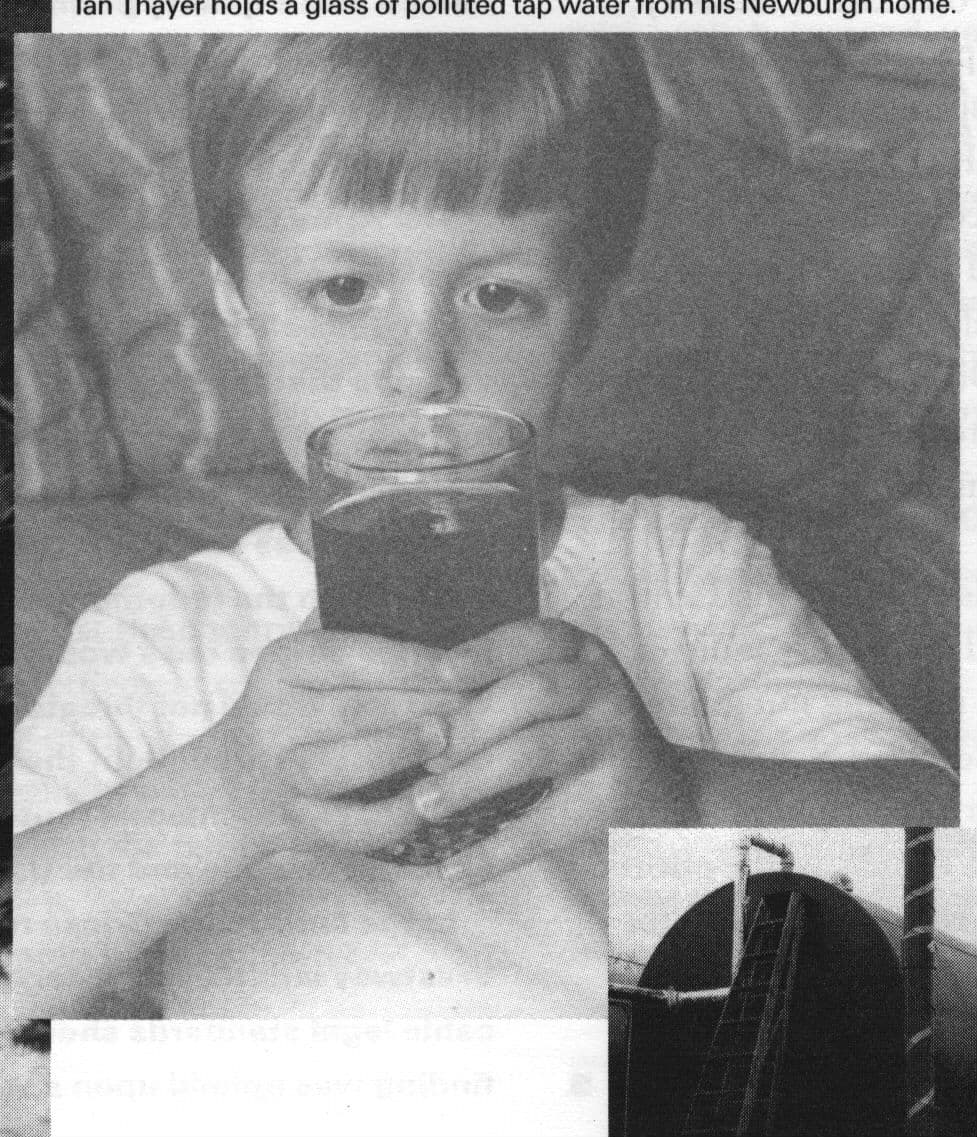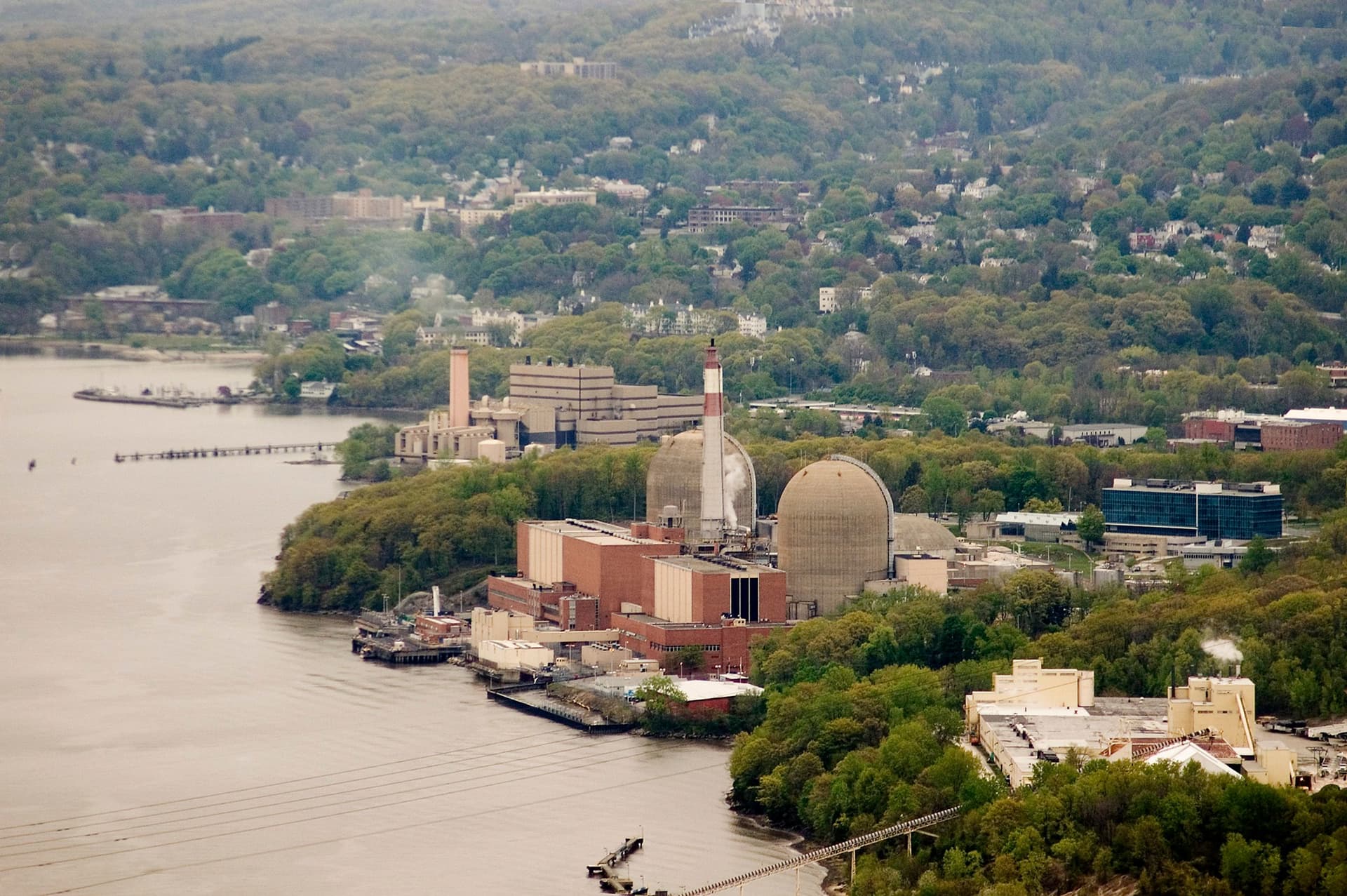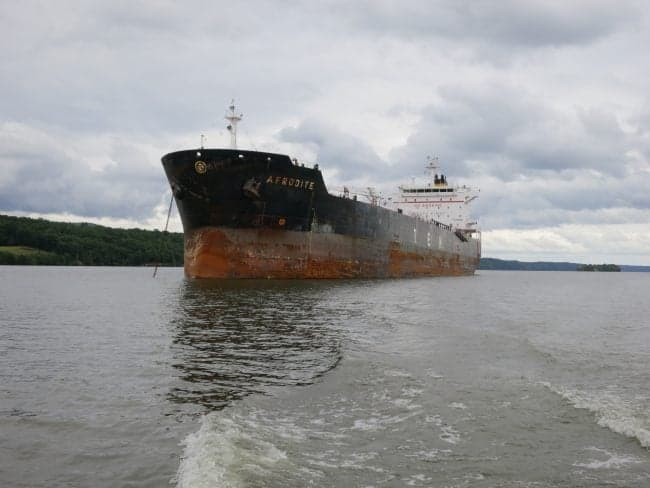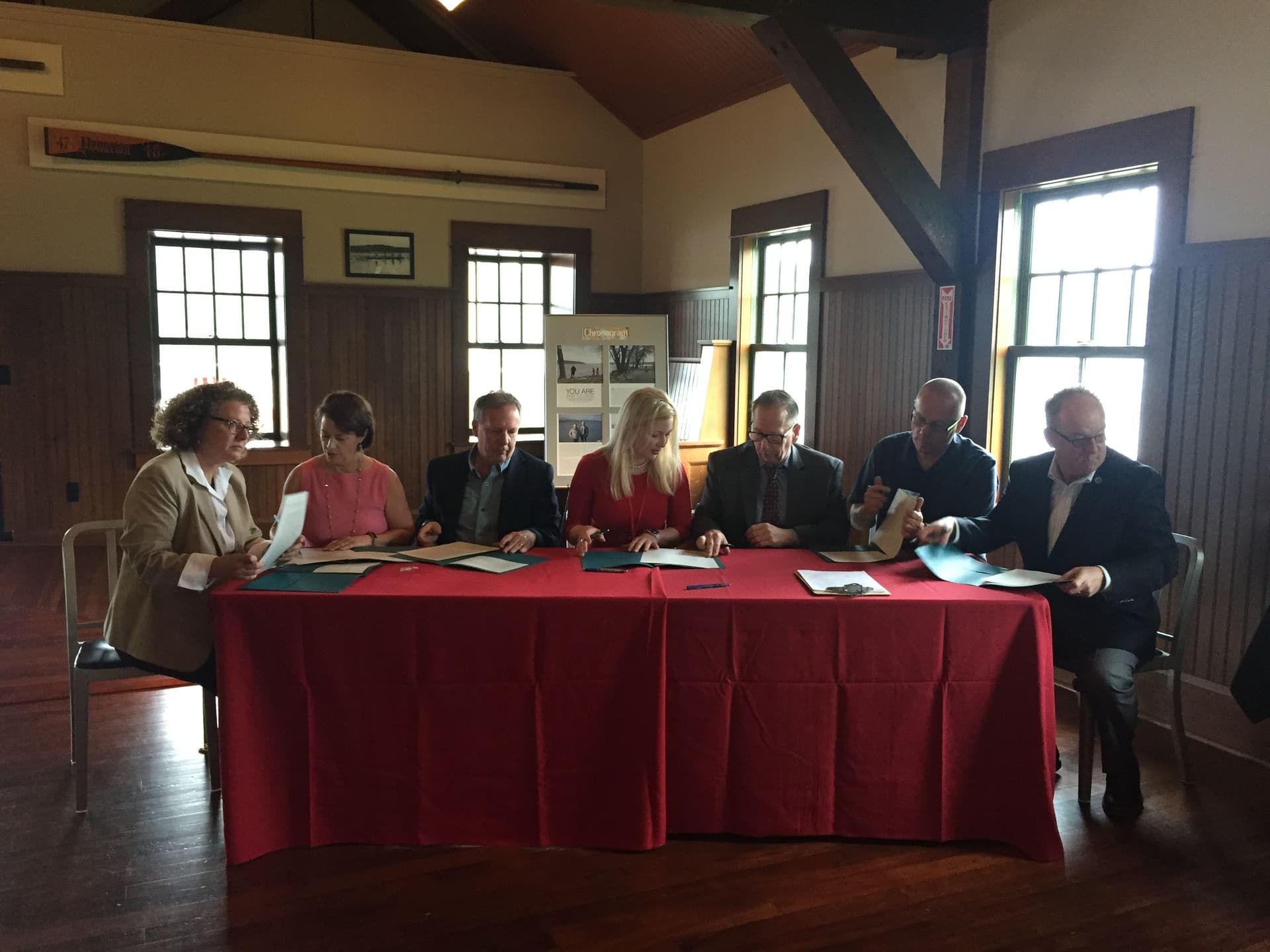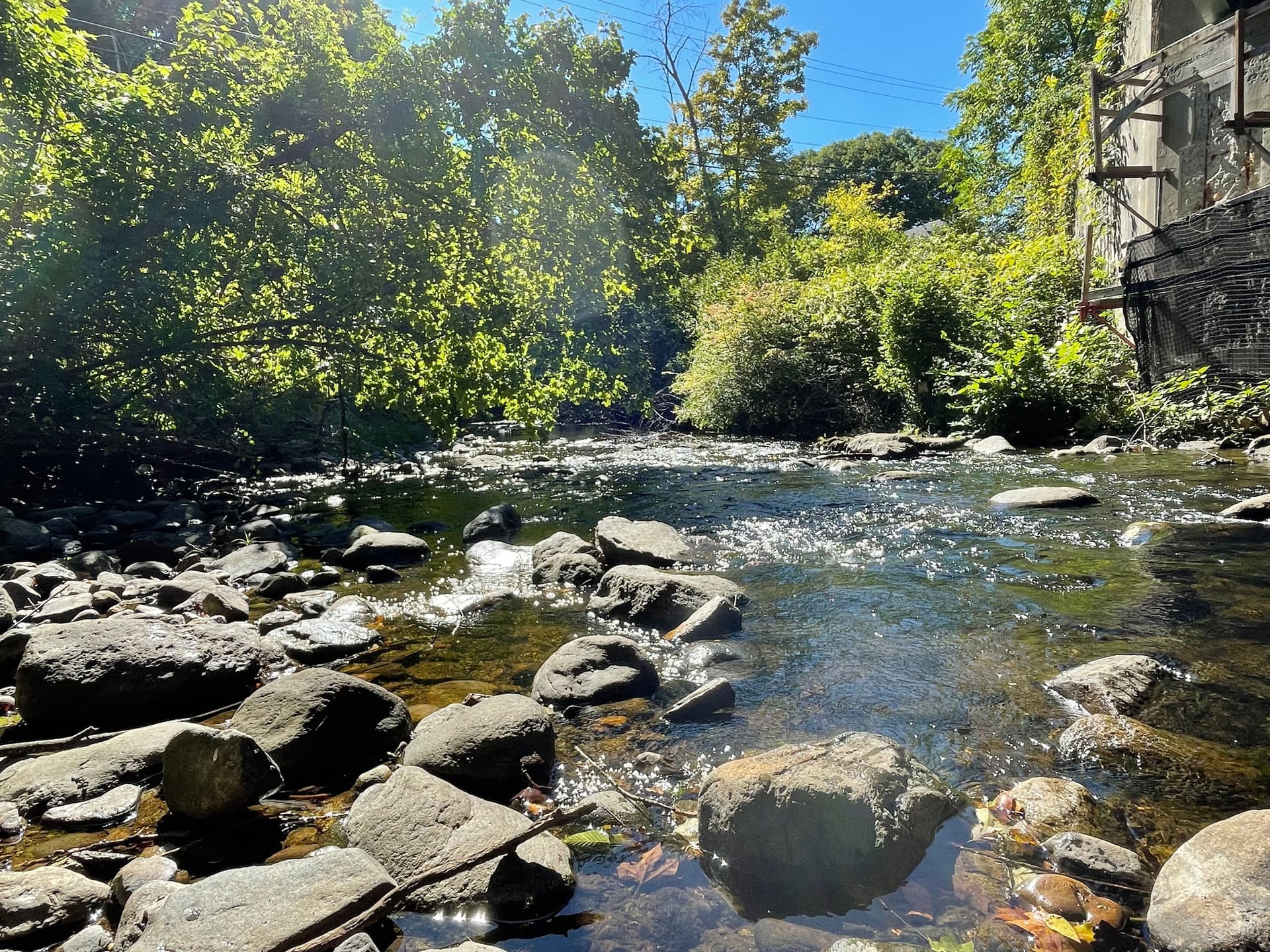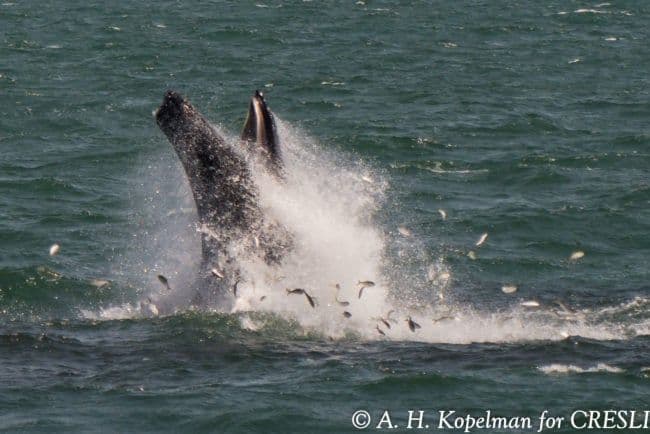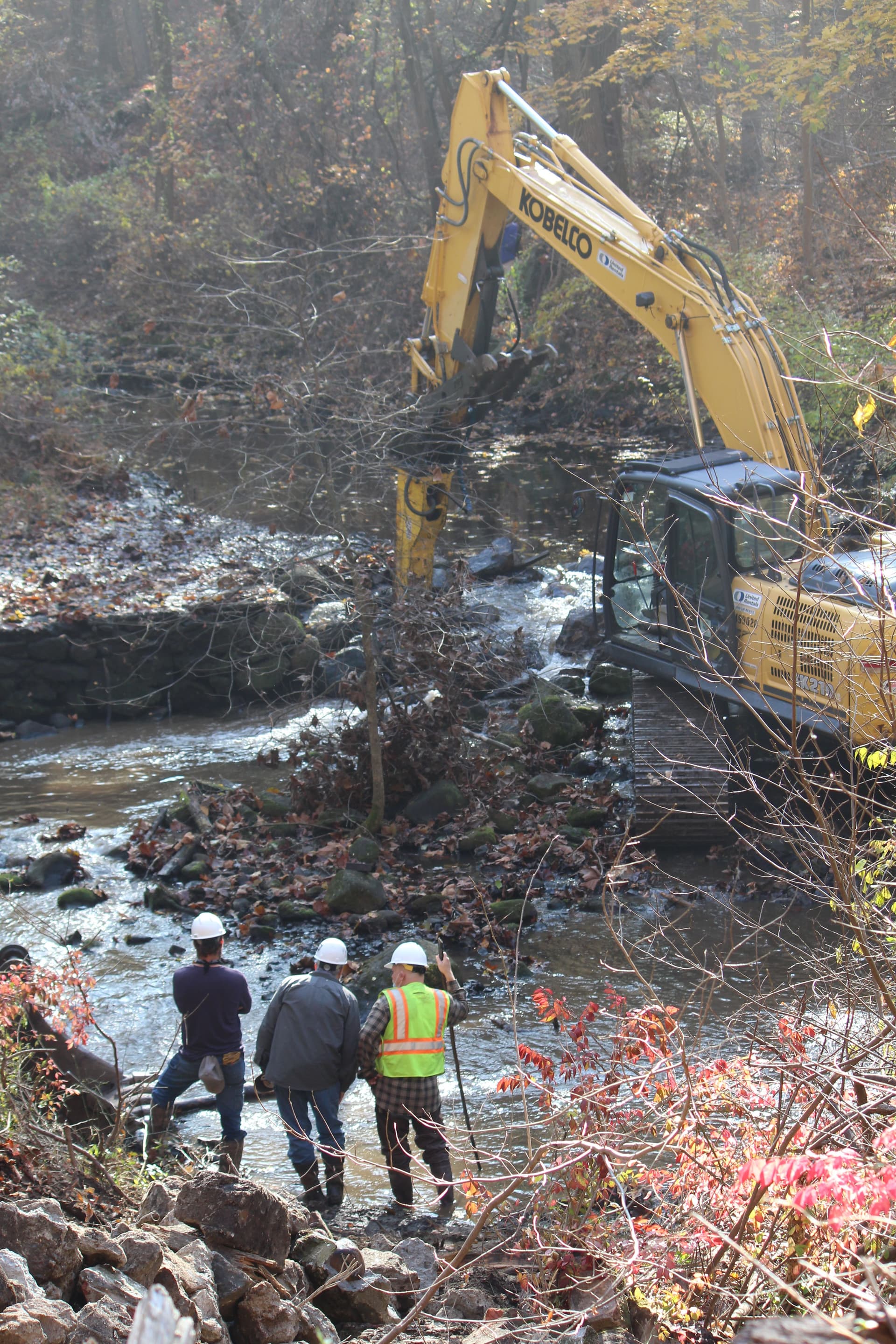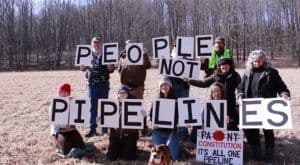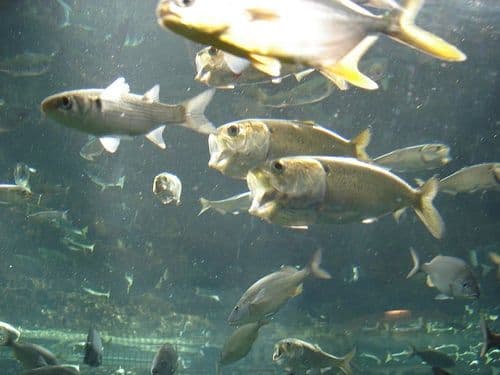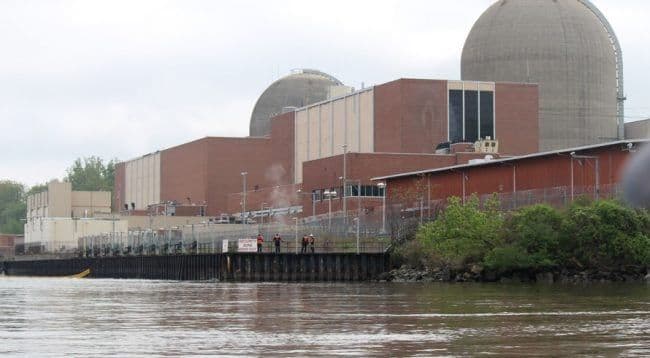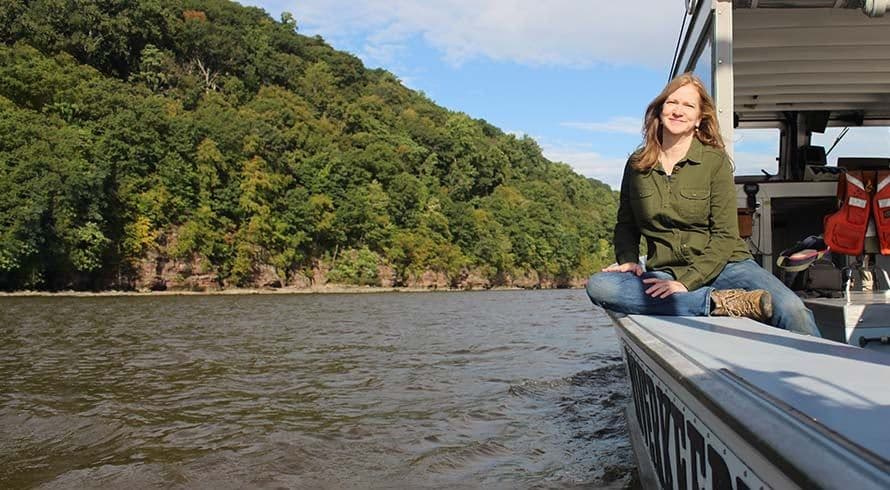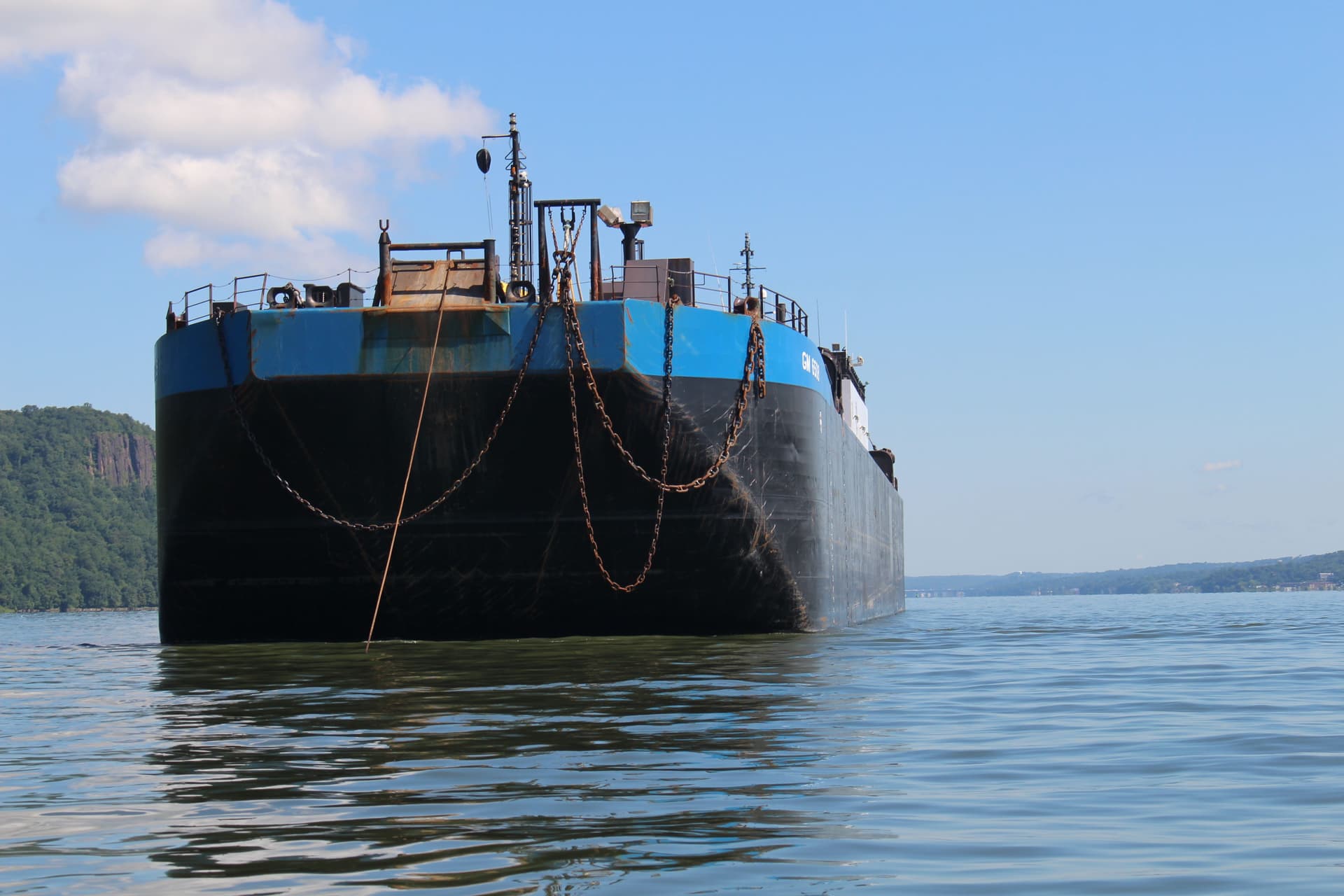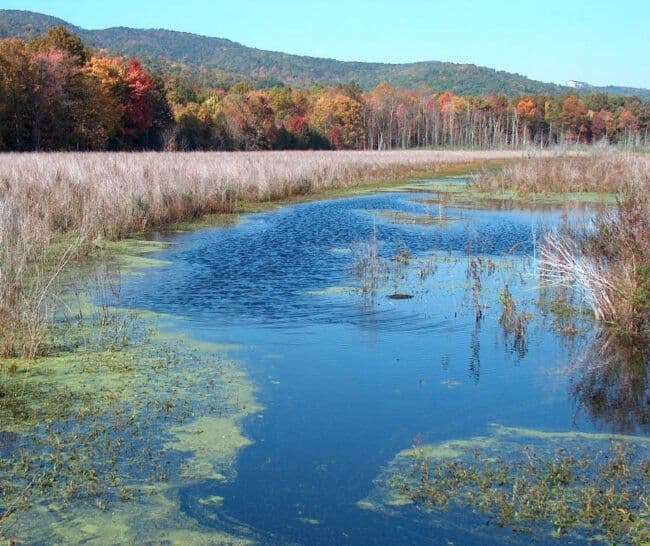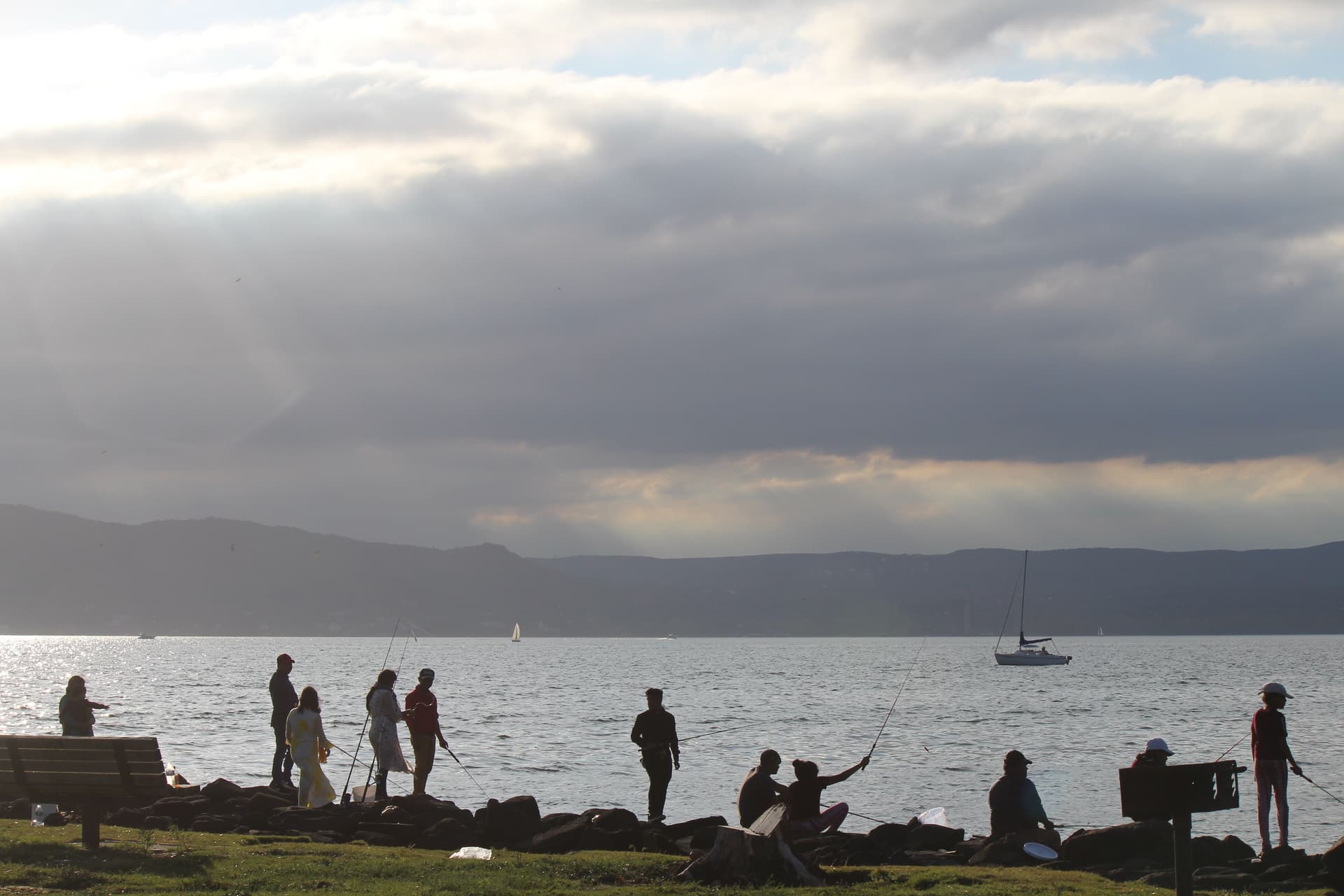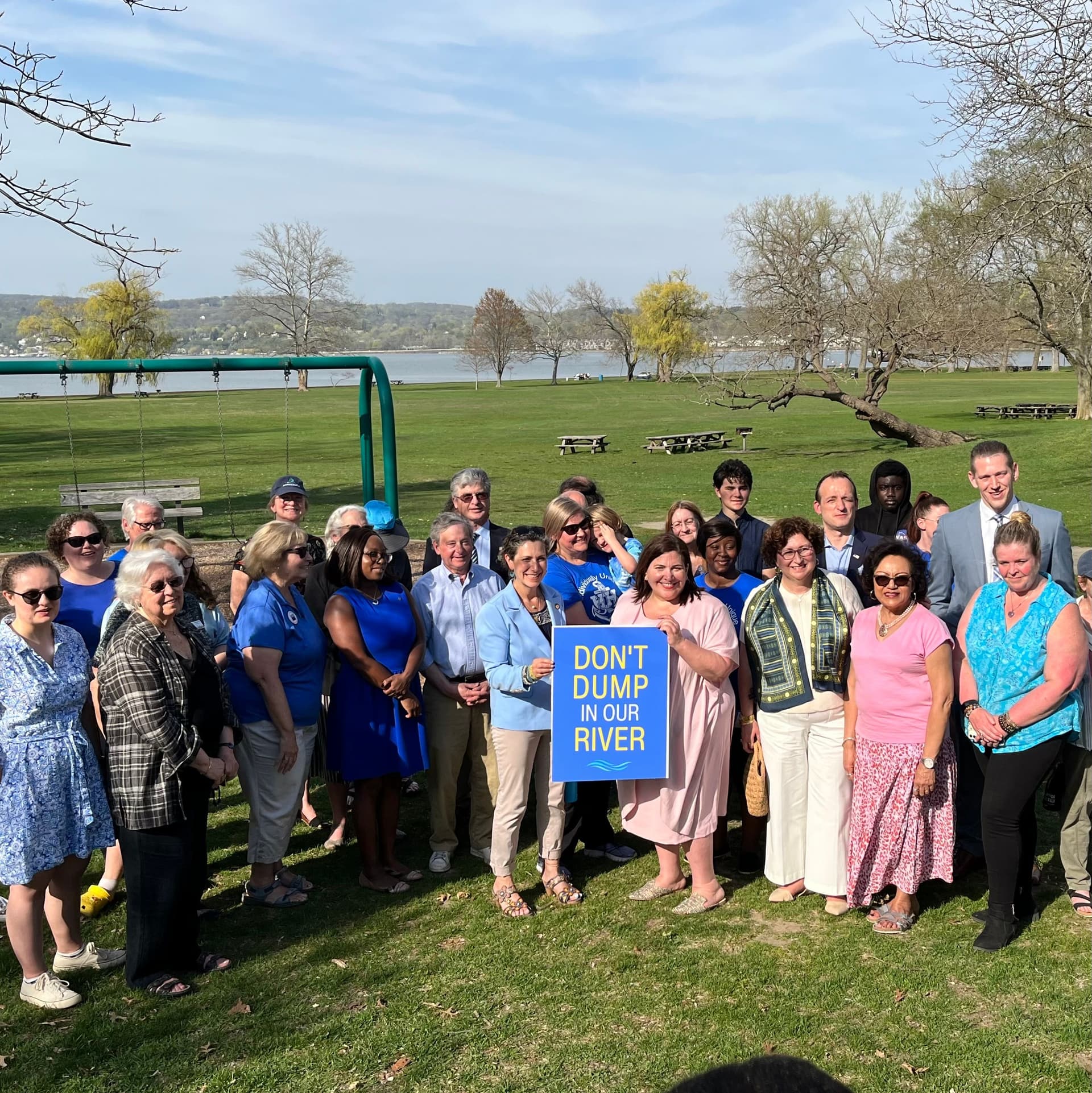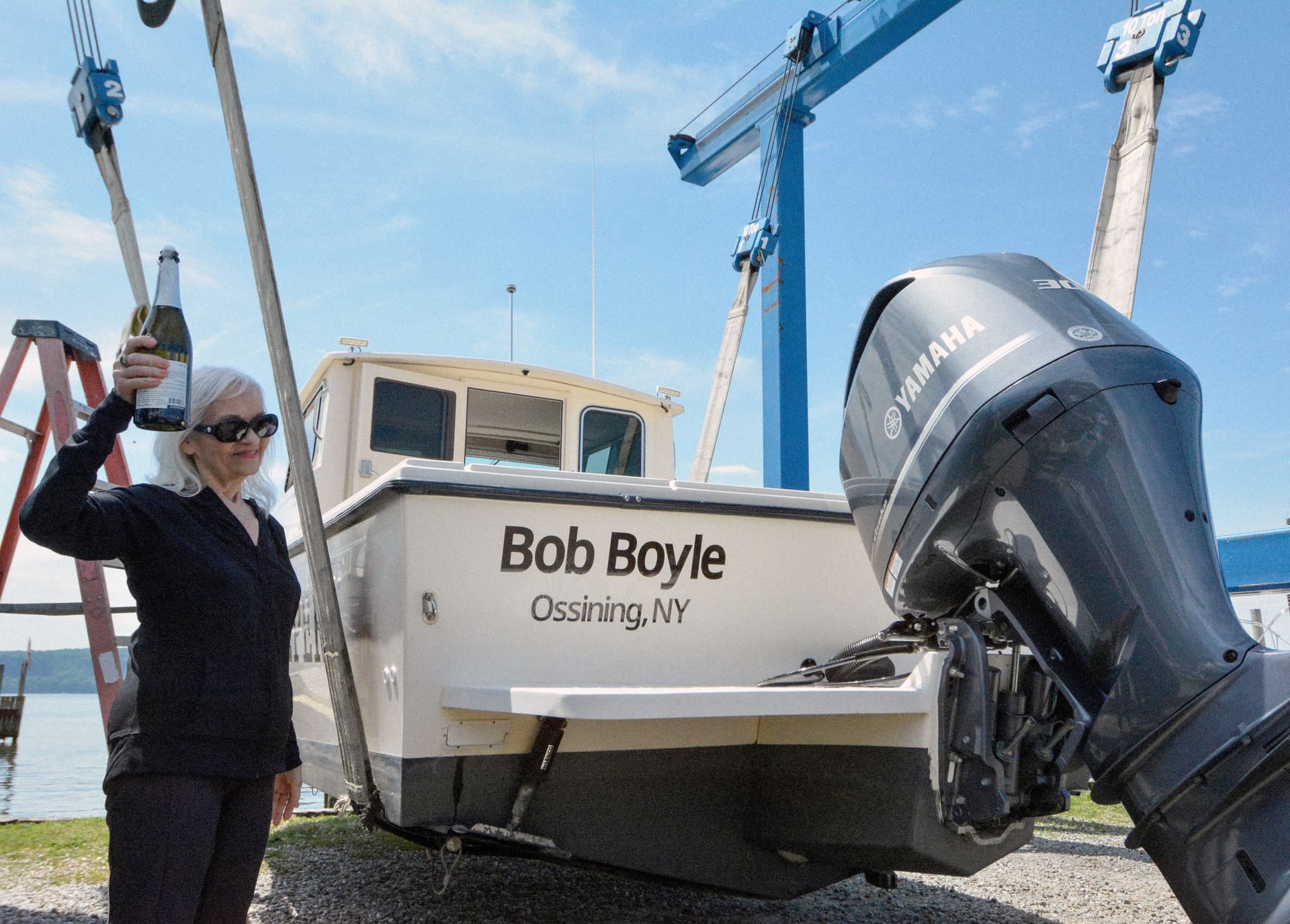Our mission and impact
What we stand for and how we got here
Our mission, vision, and values
Riverkeeper protects and restores the Hudson River from source to sea and safeguards drinking water supplies, through advocacy rooted in community partnerships, science and law
Guarding your waterways
Defending clean drinking water
Finding solutions
Riverkeeper's core values
- the fundamental rights of the Hudson River, its tributaries, and all the living things that depend upon them to exist and thrive in healthy, balanced ecosystems,
- clean water as essential to all living things and access to clean drinking water as a human right,
- a reduction of environmental harms, especially for disproportionately impacted communities and decimated fish and wildlife populations,
- facts, science, and community voices as the foundation of our work,
- trust, respect, integrity, and justice as the basis for our relationships, both within and beyond our organization, and
- environmental and recreational benefits for all.
Riverkeeper's vision
- restored to ecological health and balance,
- free-flowing, resilient, and teeming with life,
- reliable sources of safe, clean drinking water,
- recovered from historic and inequitable environmental harms,
- safe and accessible for swimming, fishing, boating and other recreational activities, and
- valued and stewarded by all.
Riverkeeper's Strategic Plan
Our story
Looking to the future
Our history
The Hudson, condemned as an “open sewer” in the 1960s, is today one of the richest water bodies on earth. How did we get from there to now?
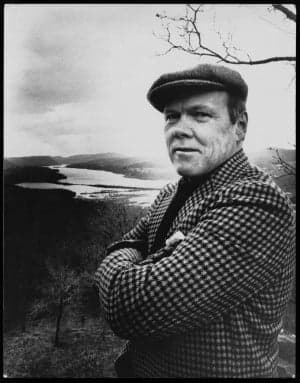
Photo: Evelyn Floret for Sports Illustrated
Fight against Storm King plant
Join the fight for clean water
Riverkeeper’s work is only possible because of support from people like you who care about the Hudson and the communities that rely on it.
300+
miles of river patrolled annually, from the Upper Hudson and Mohawk River all the way to New York Harbor
396
tons of debris removed from the river by thousands of Riverkeeper volunteers since 2012
$5.5B
$5.5 billion for clean water allocated since 2017 from New York State thanks to our advocacy work
28,148
letters to lawmakers and decision makers in one year




